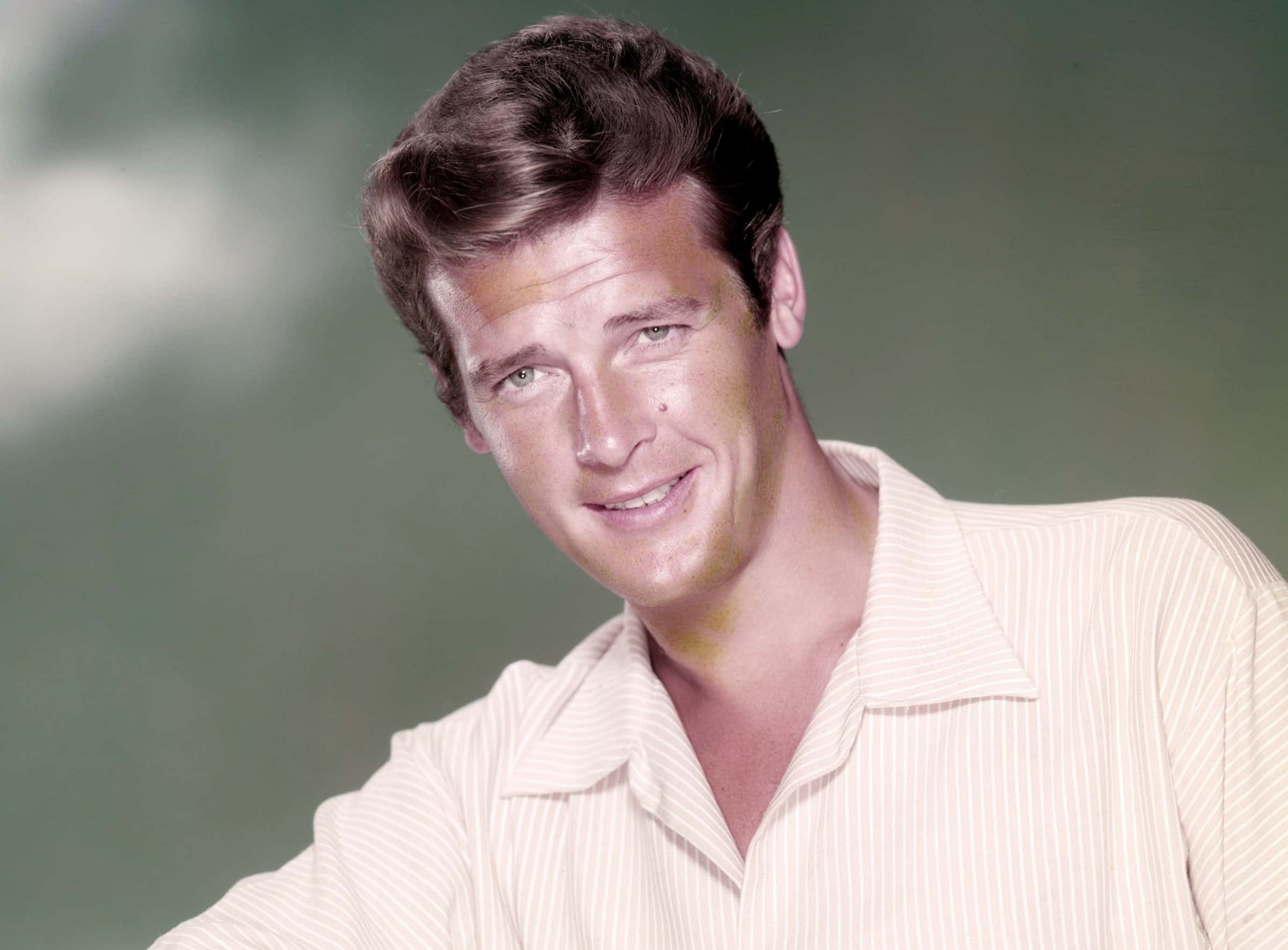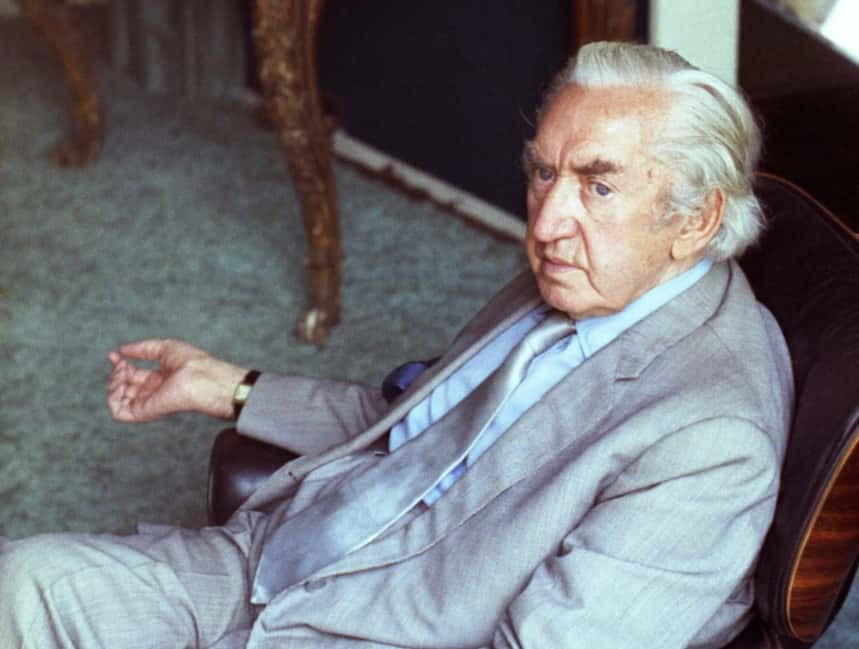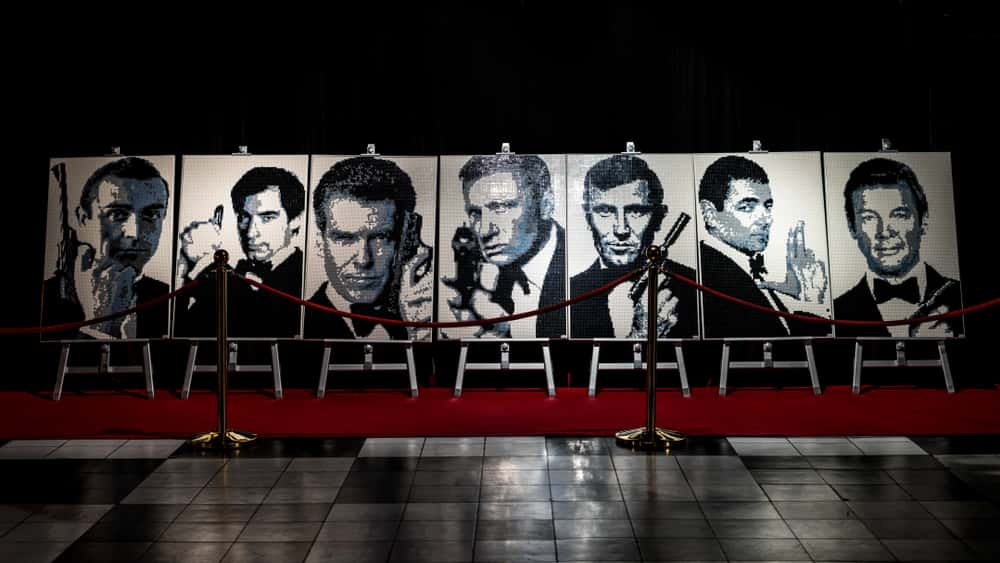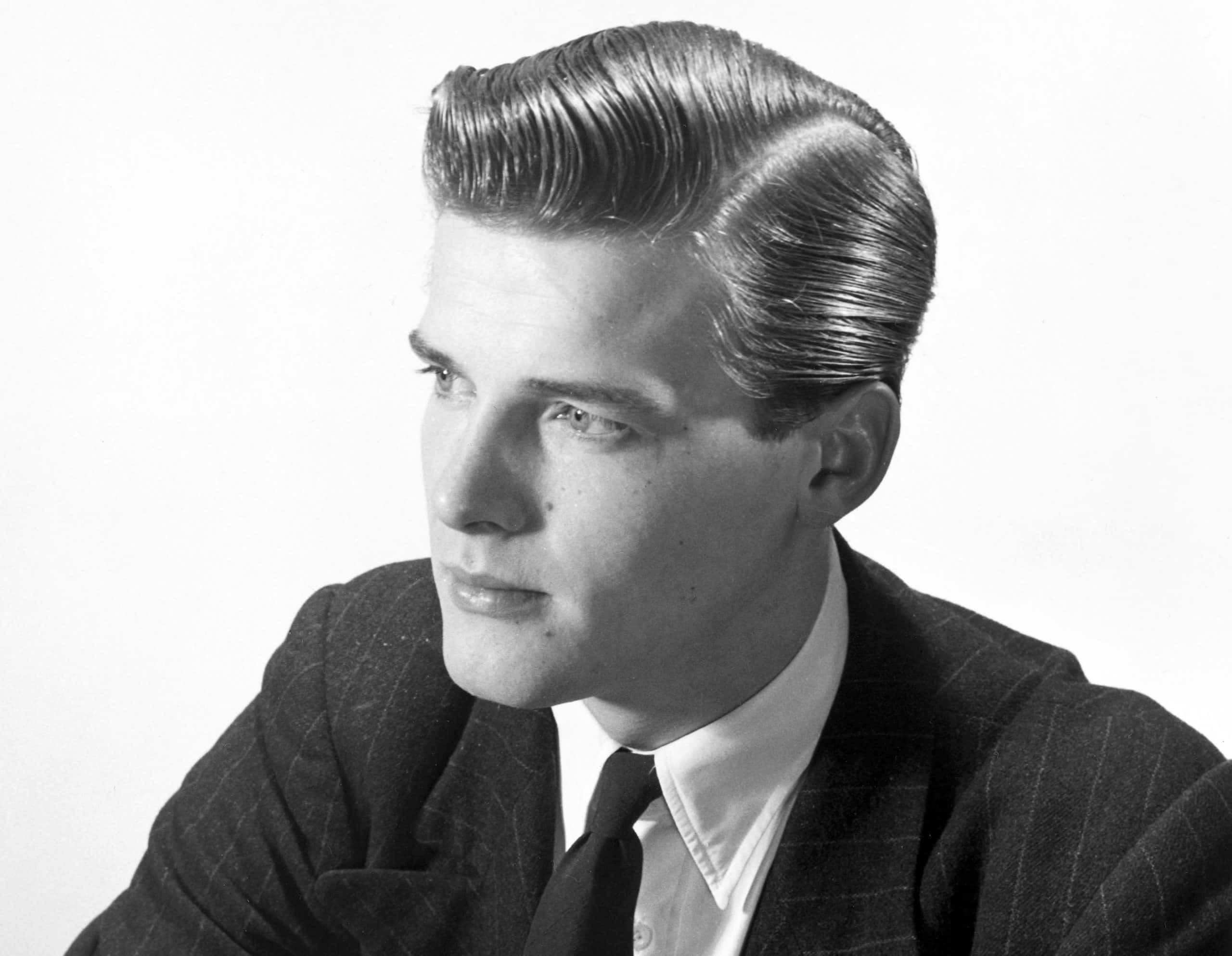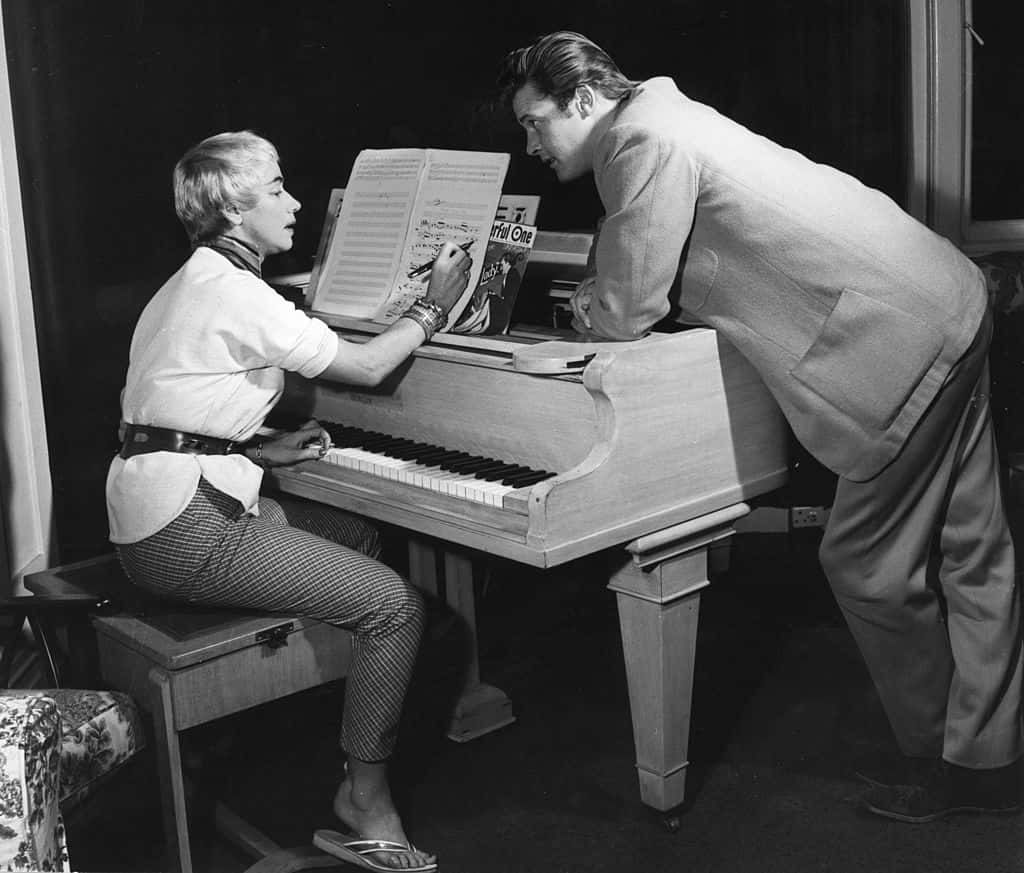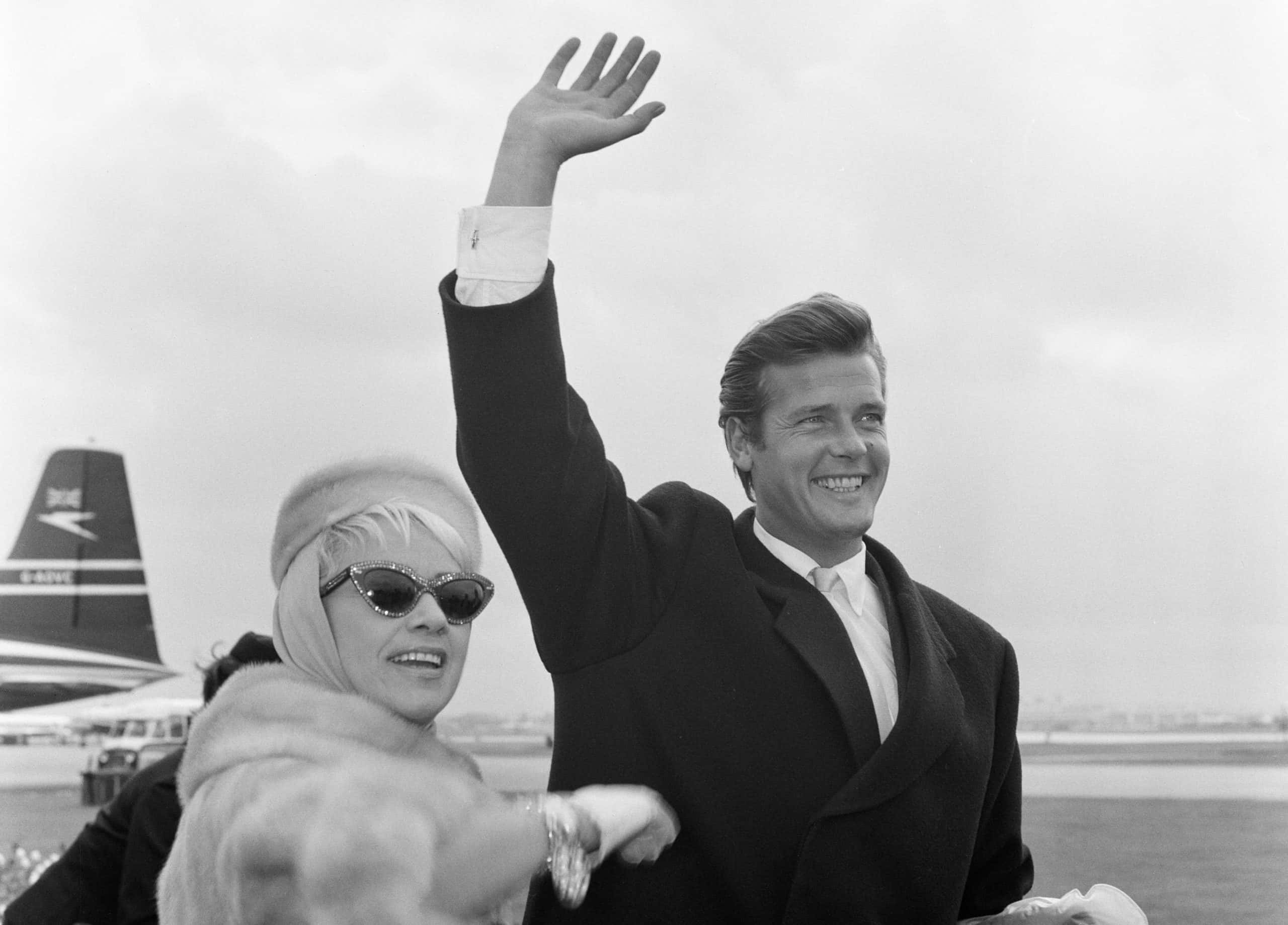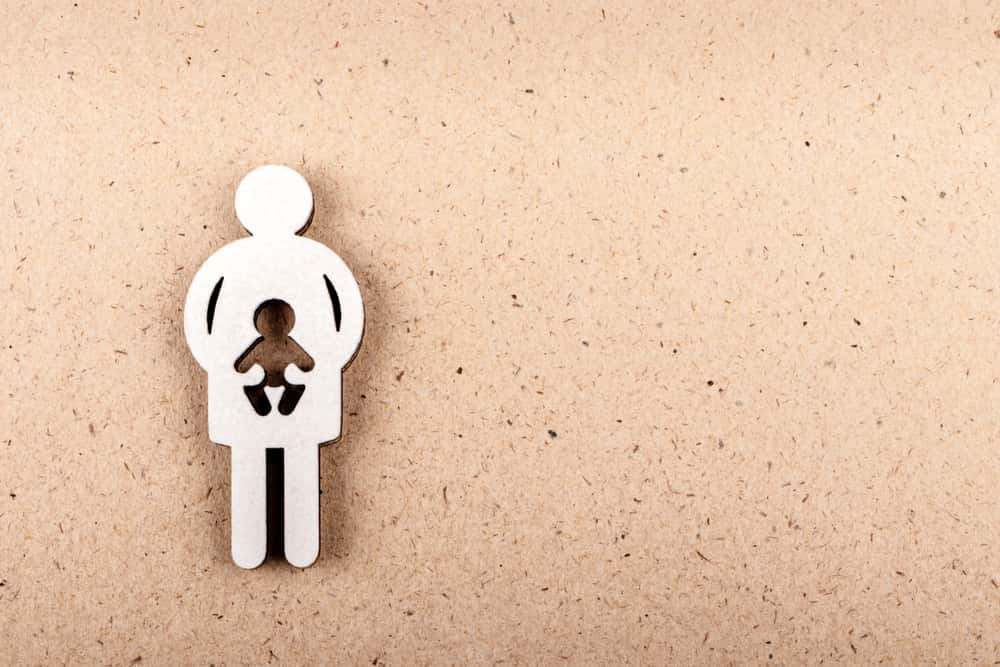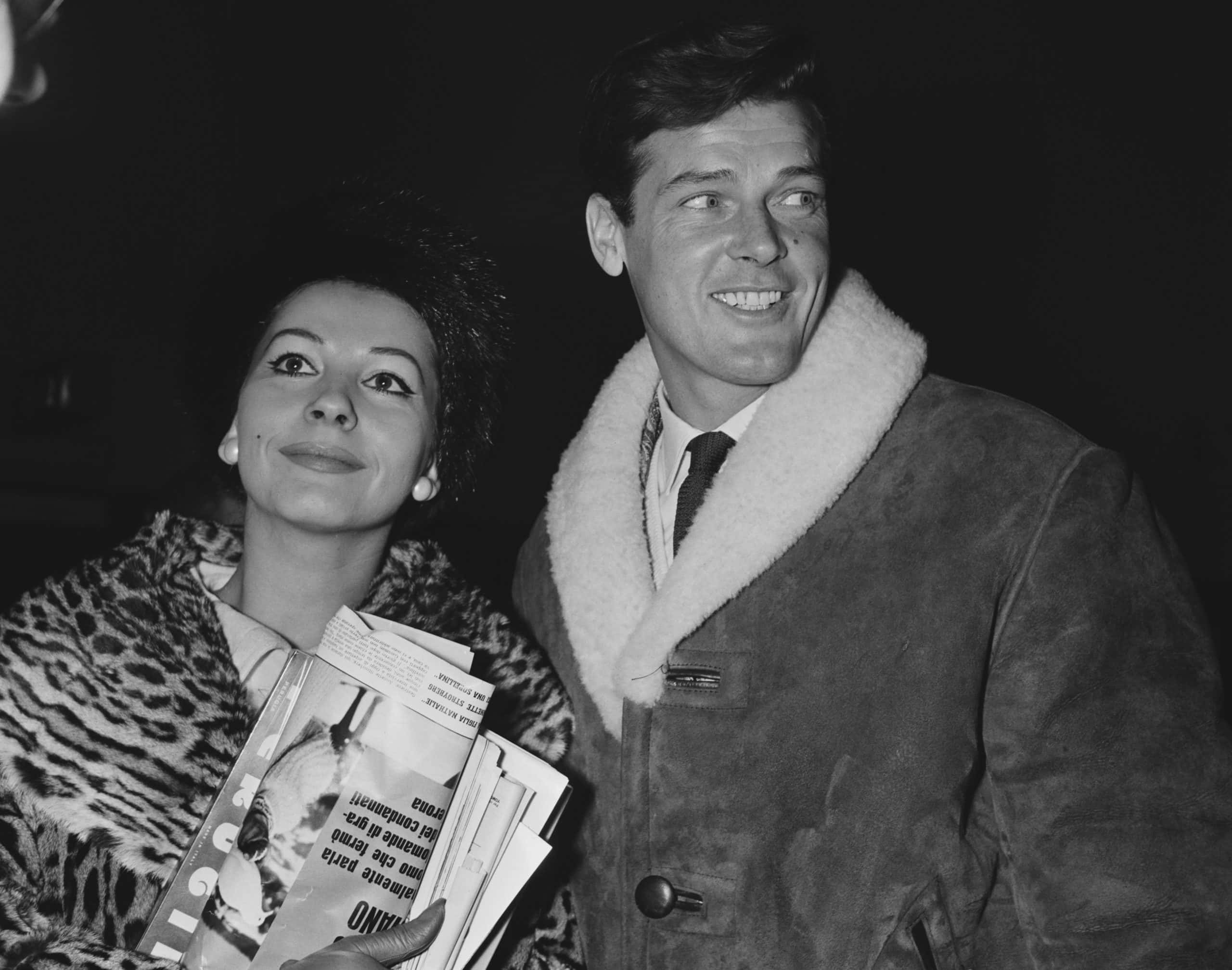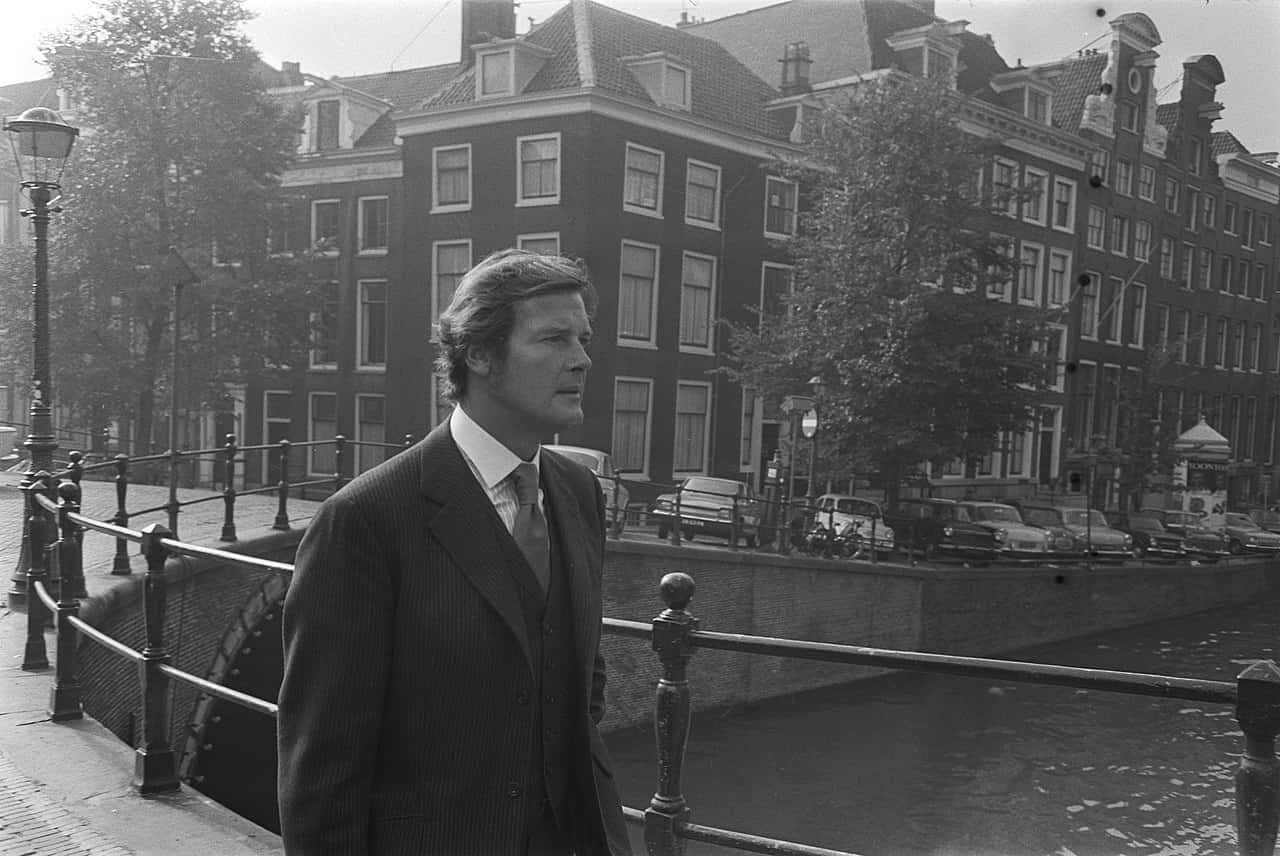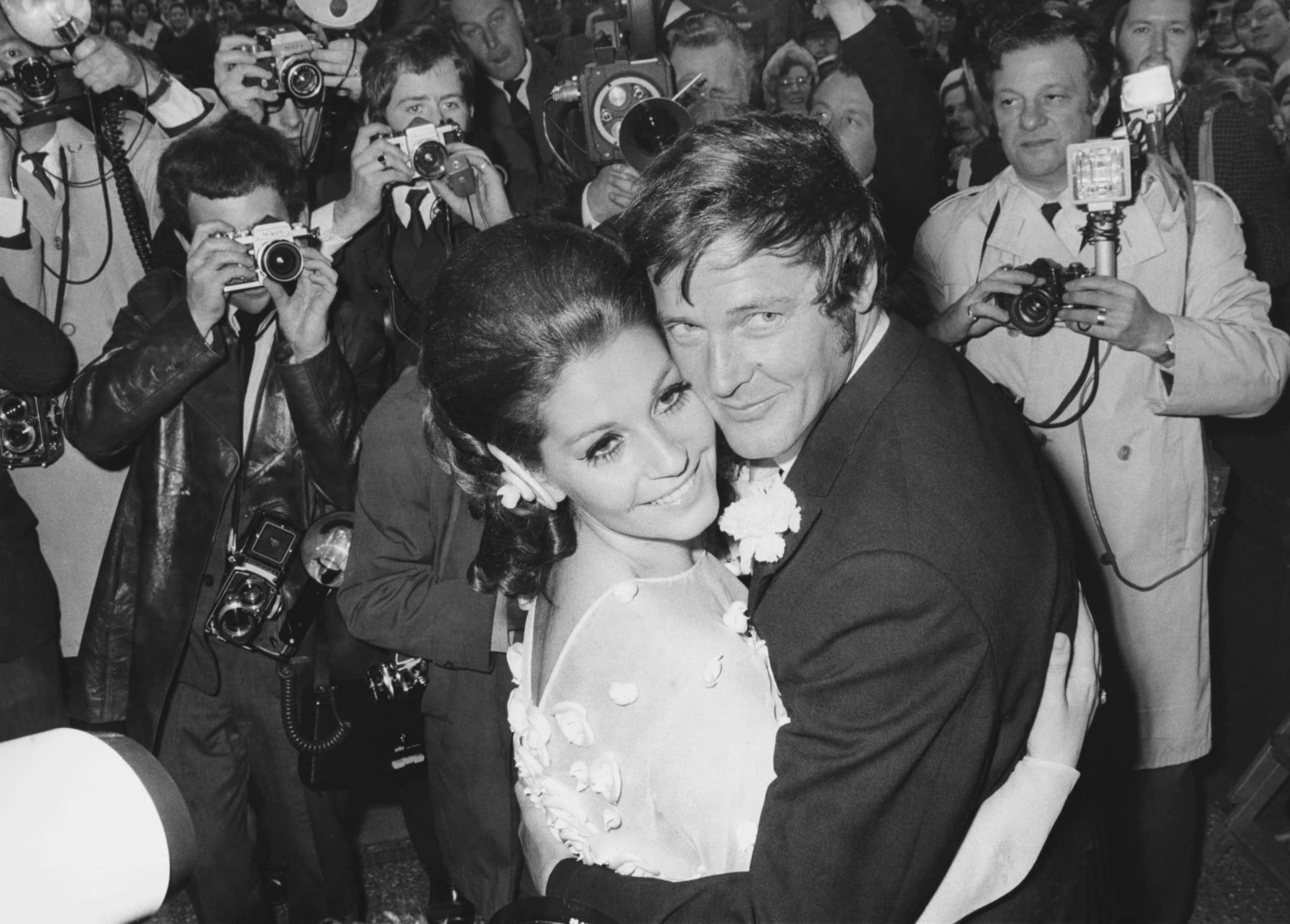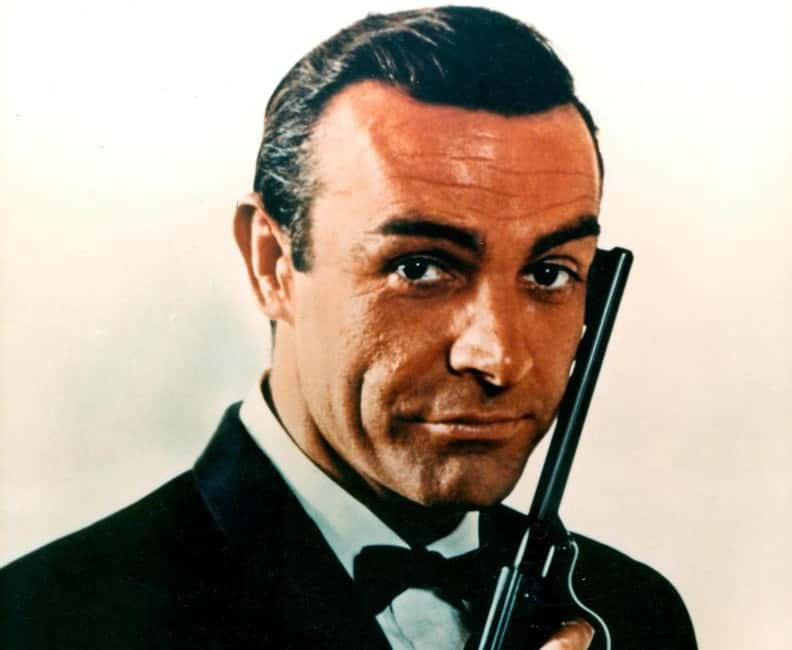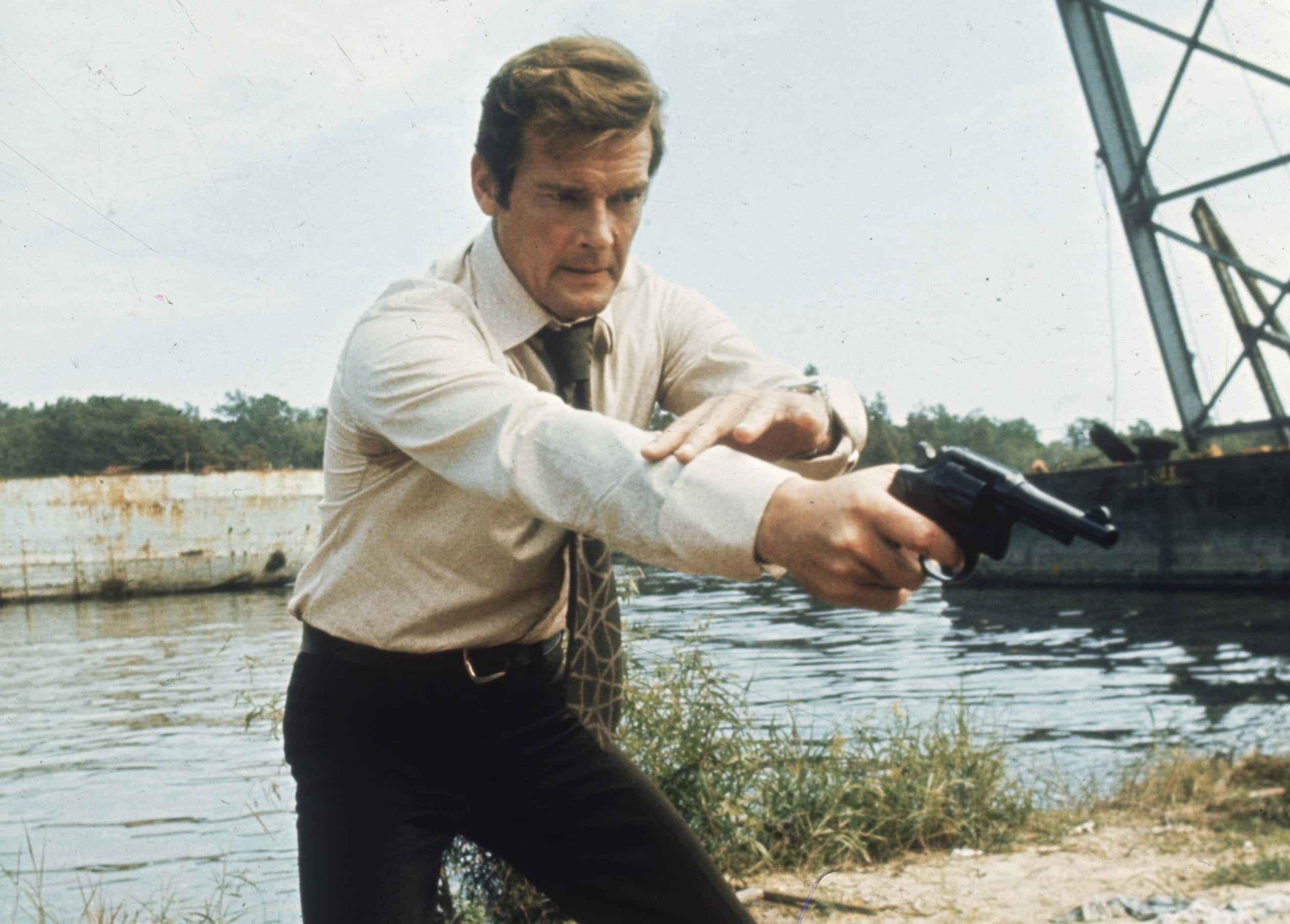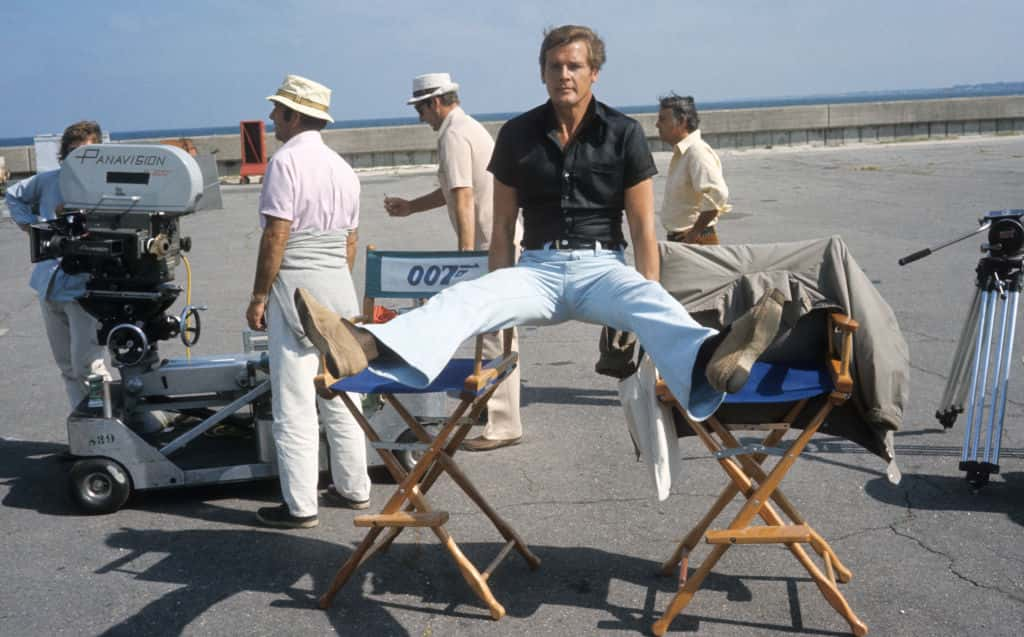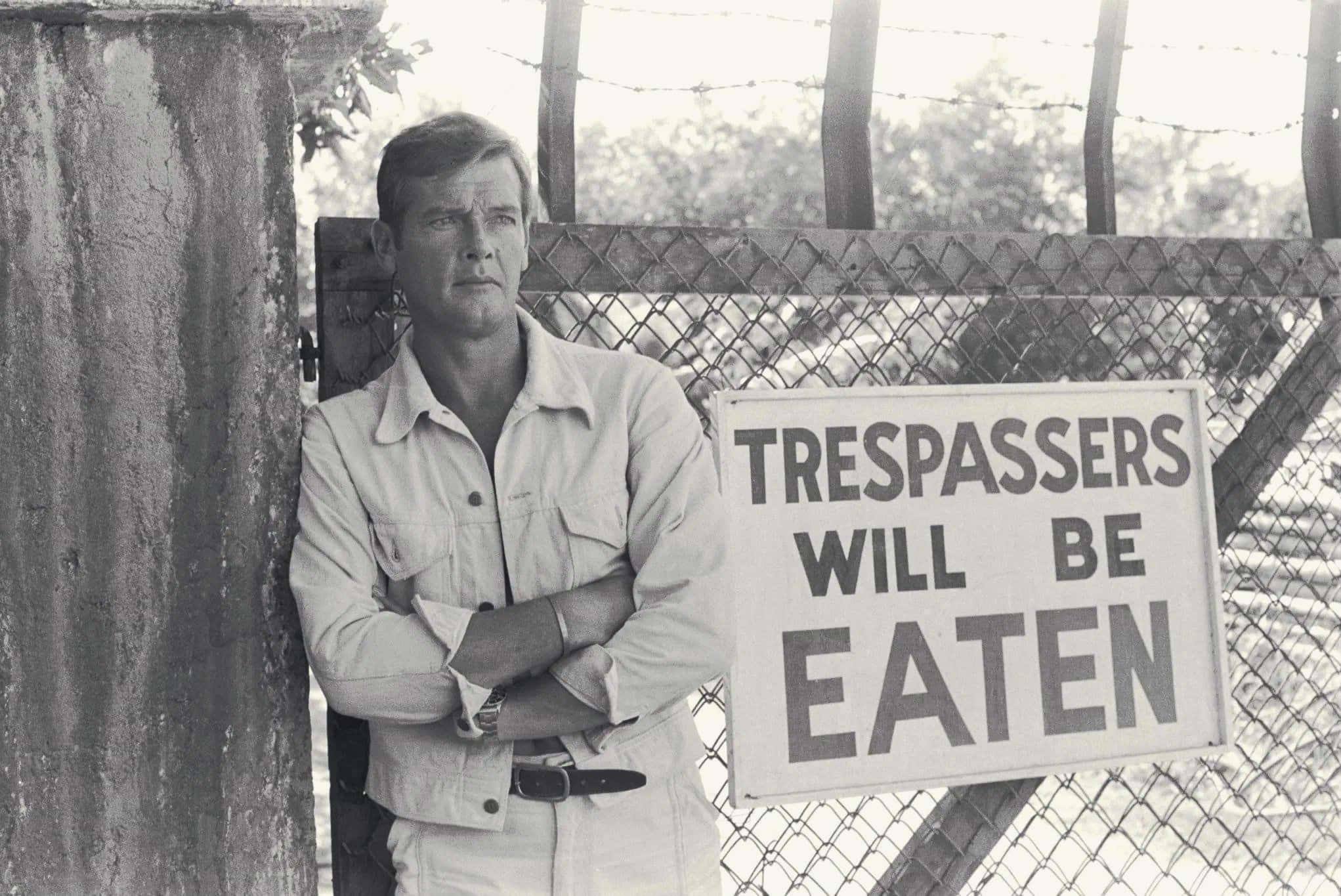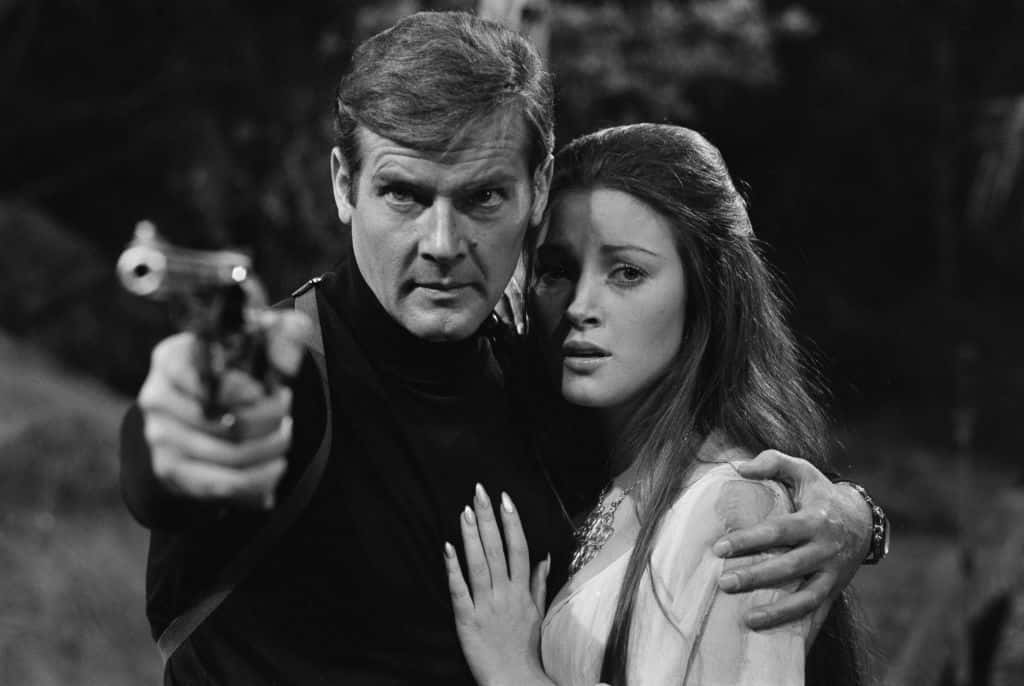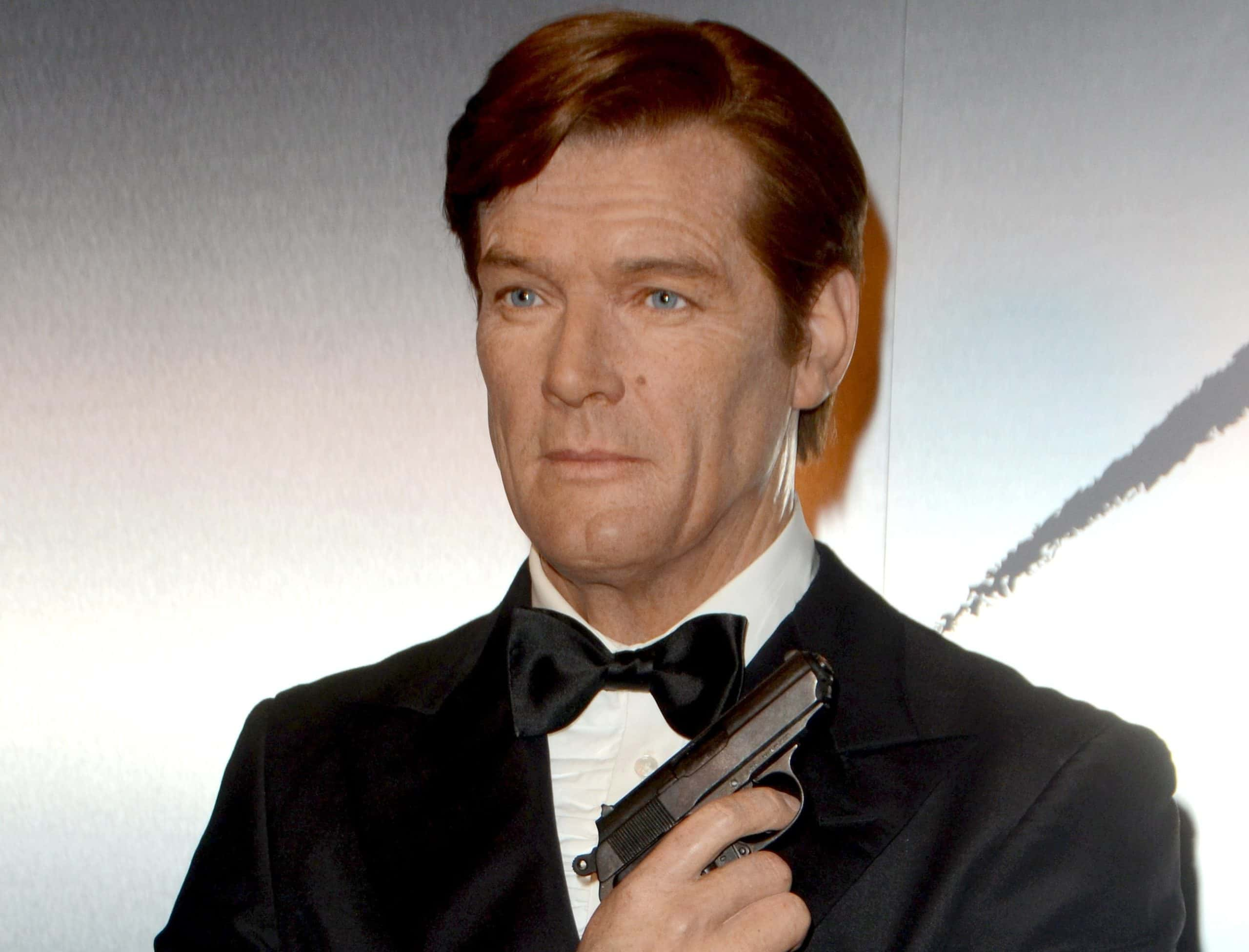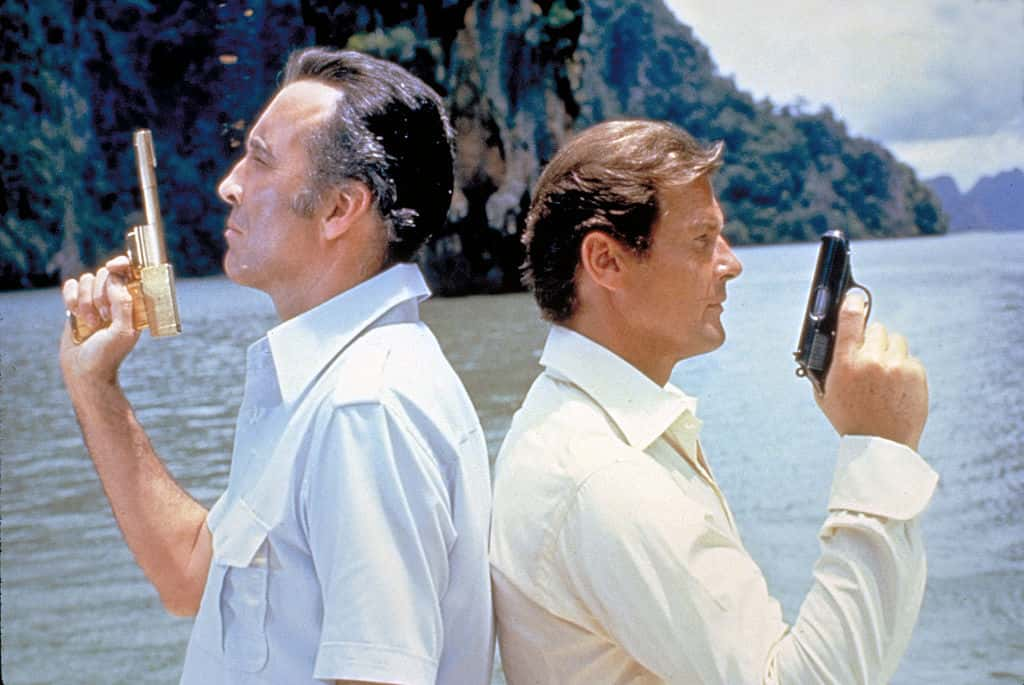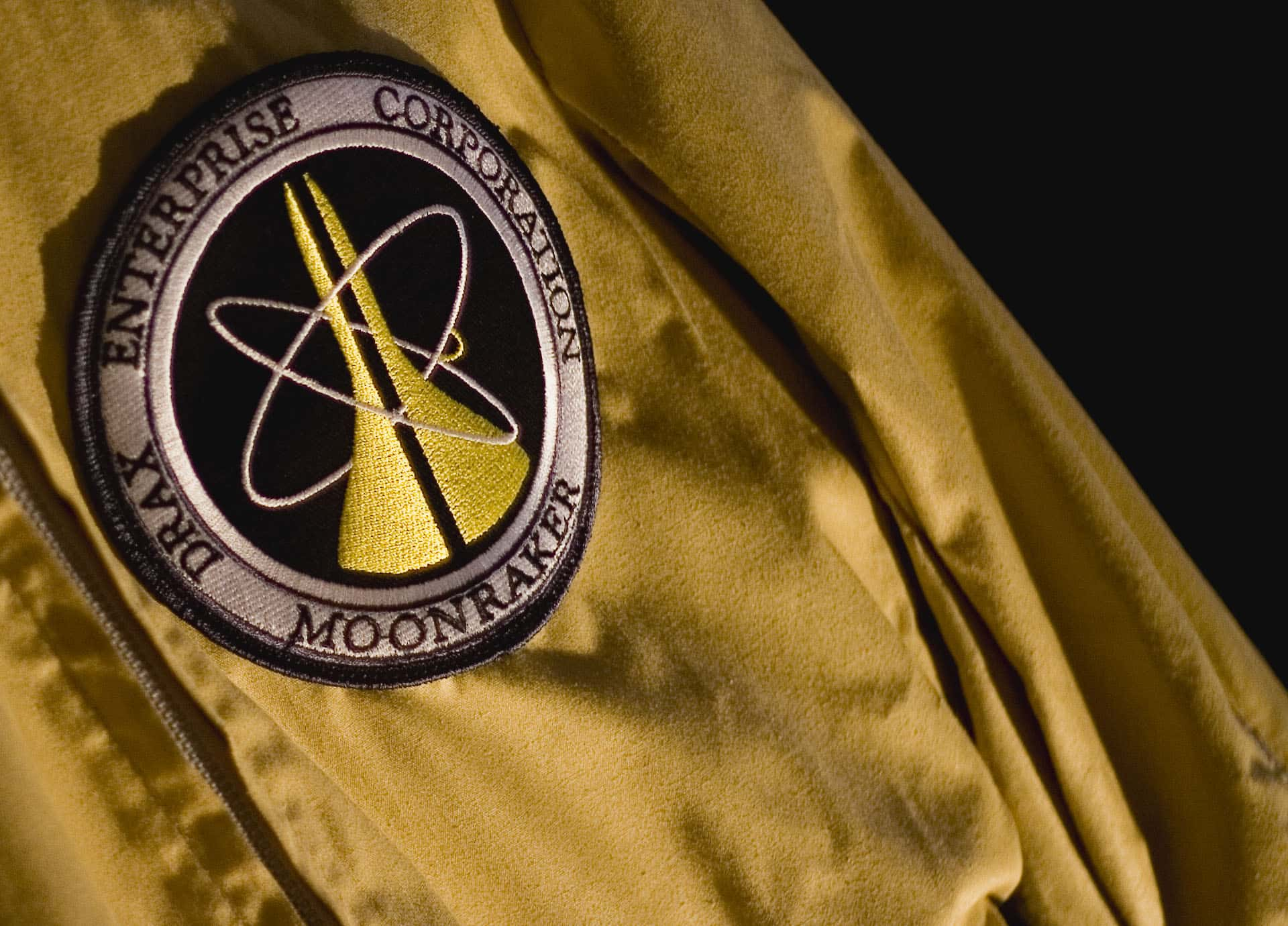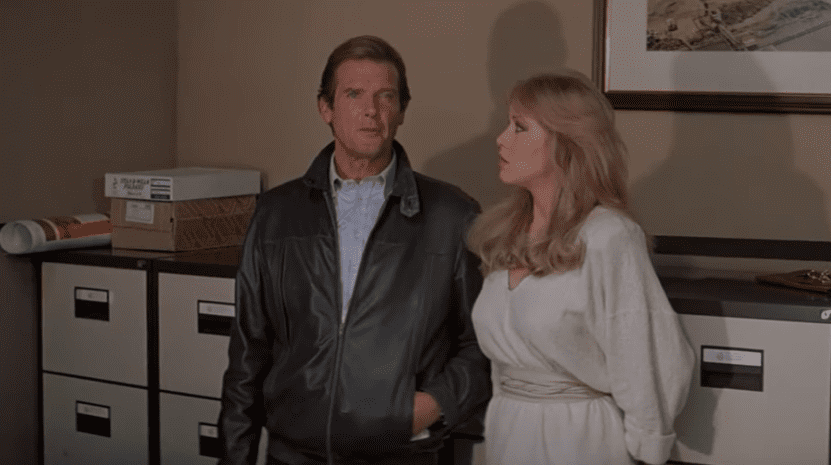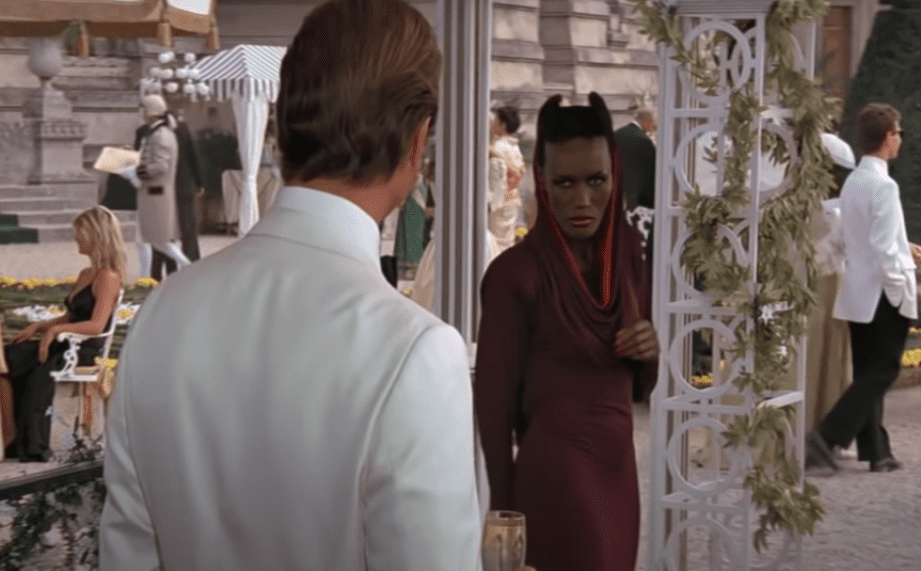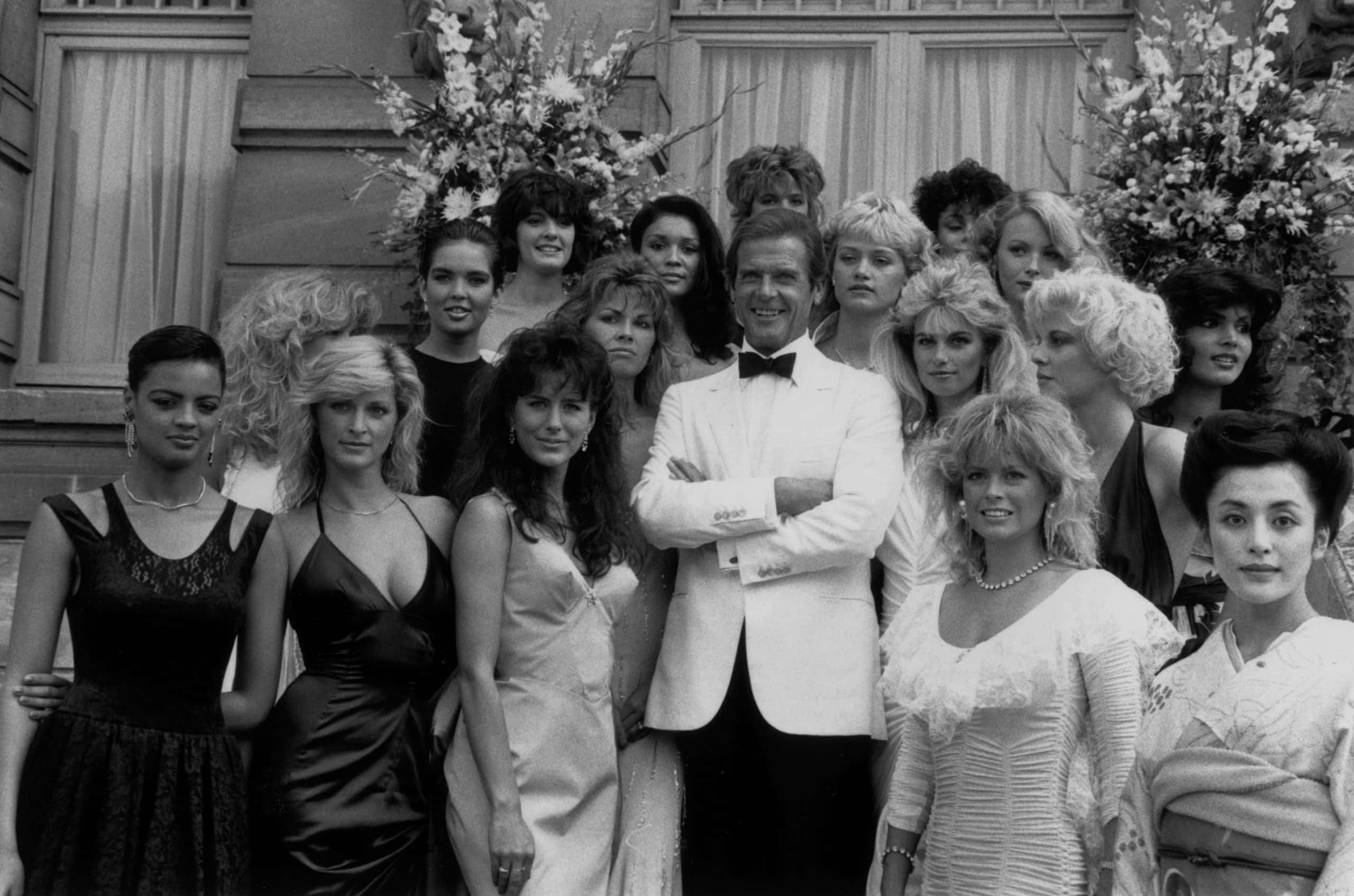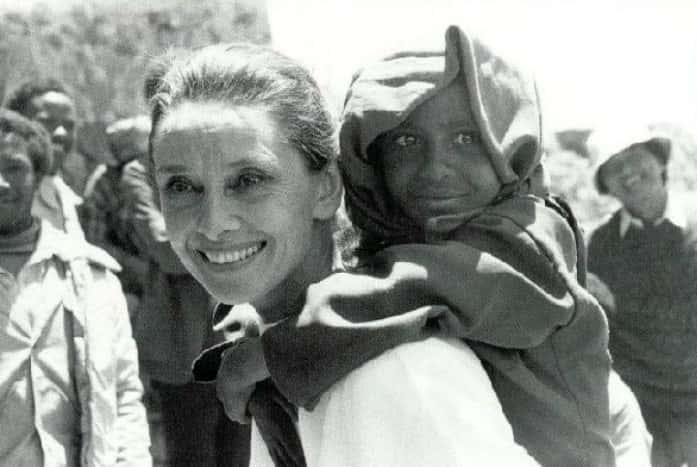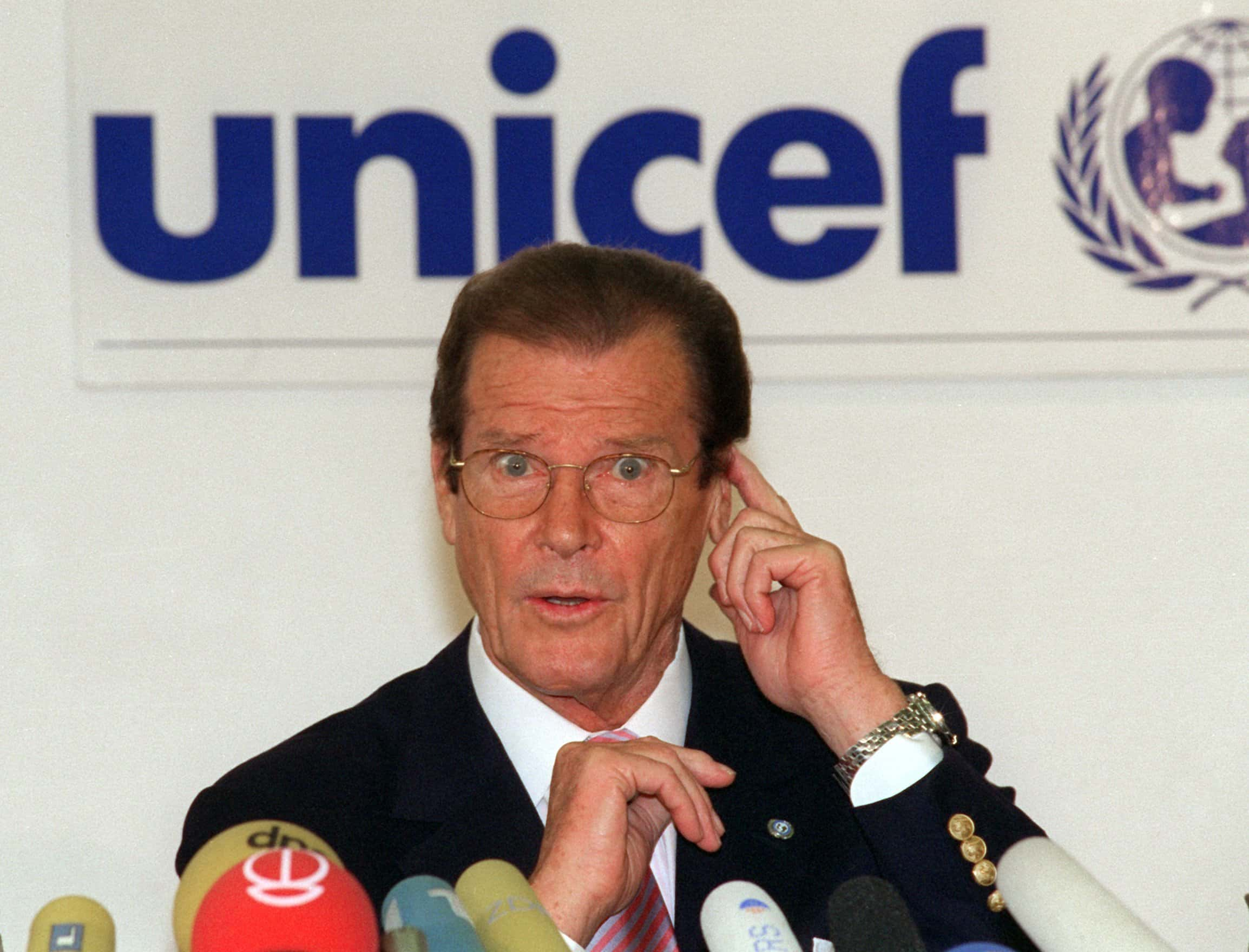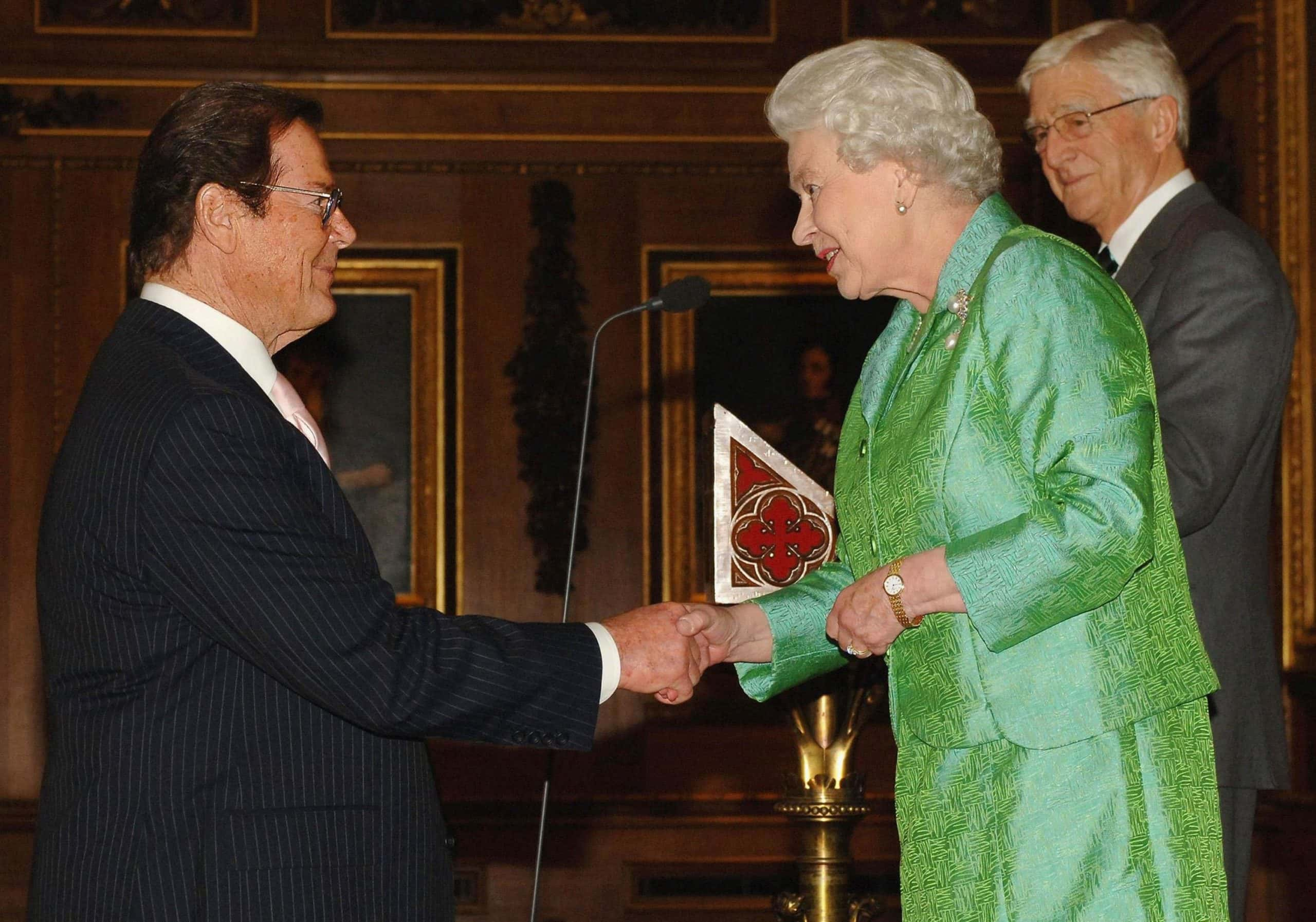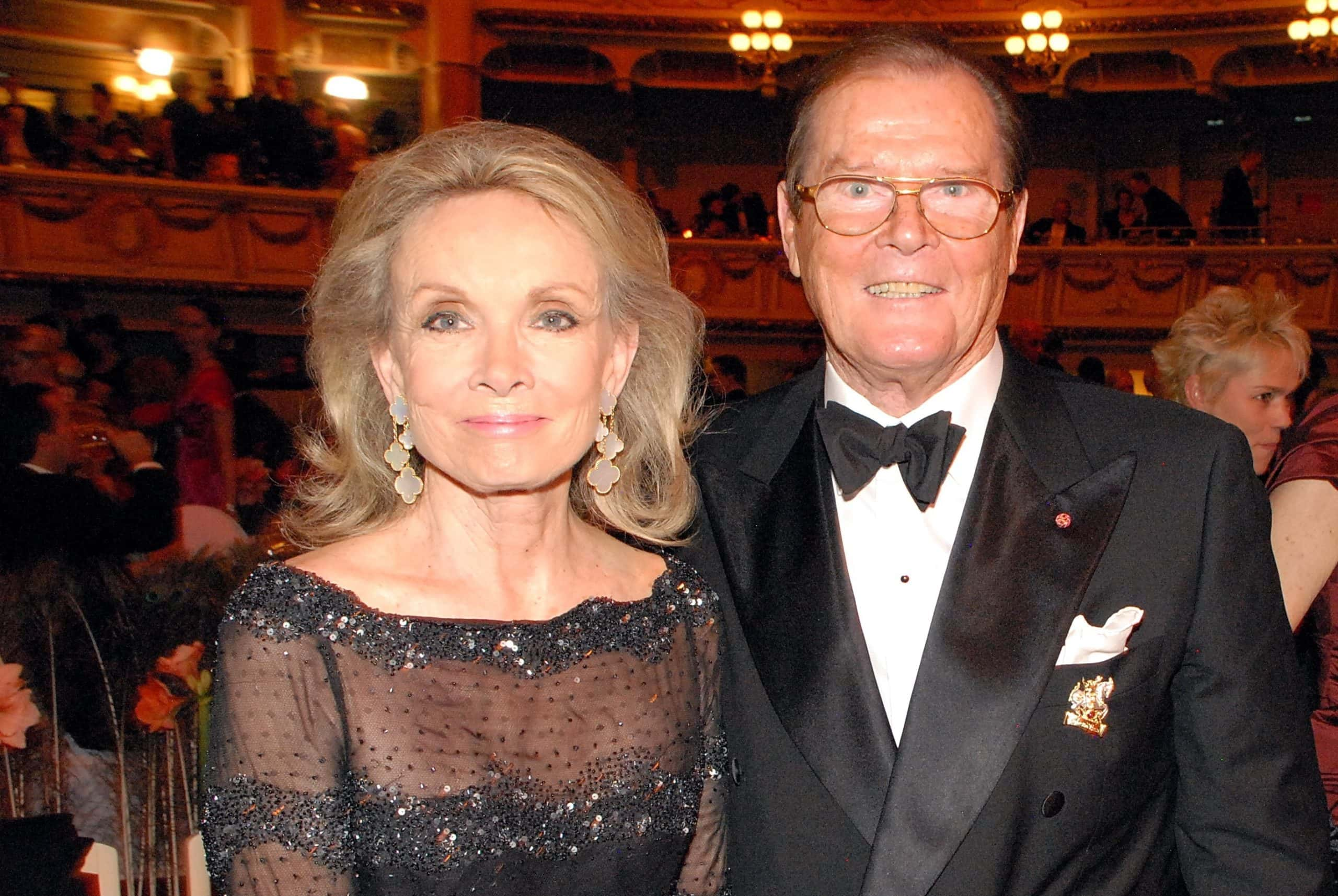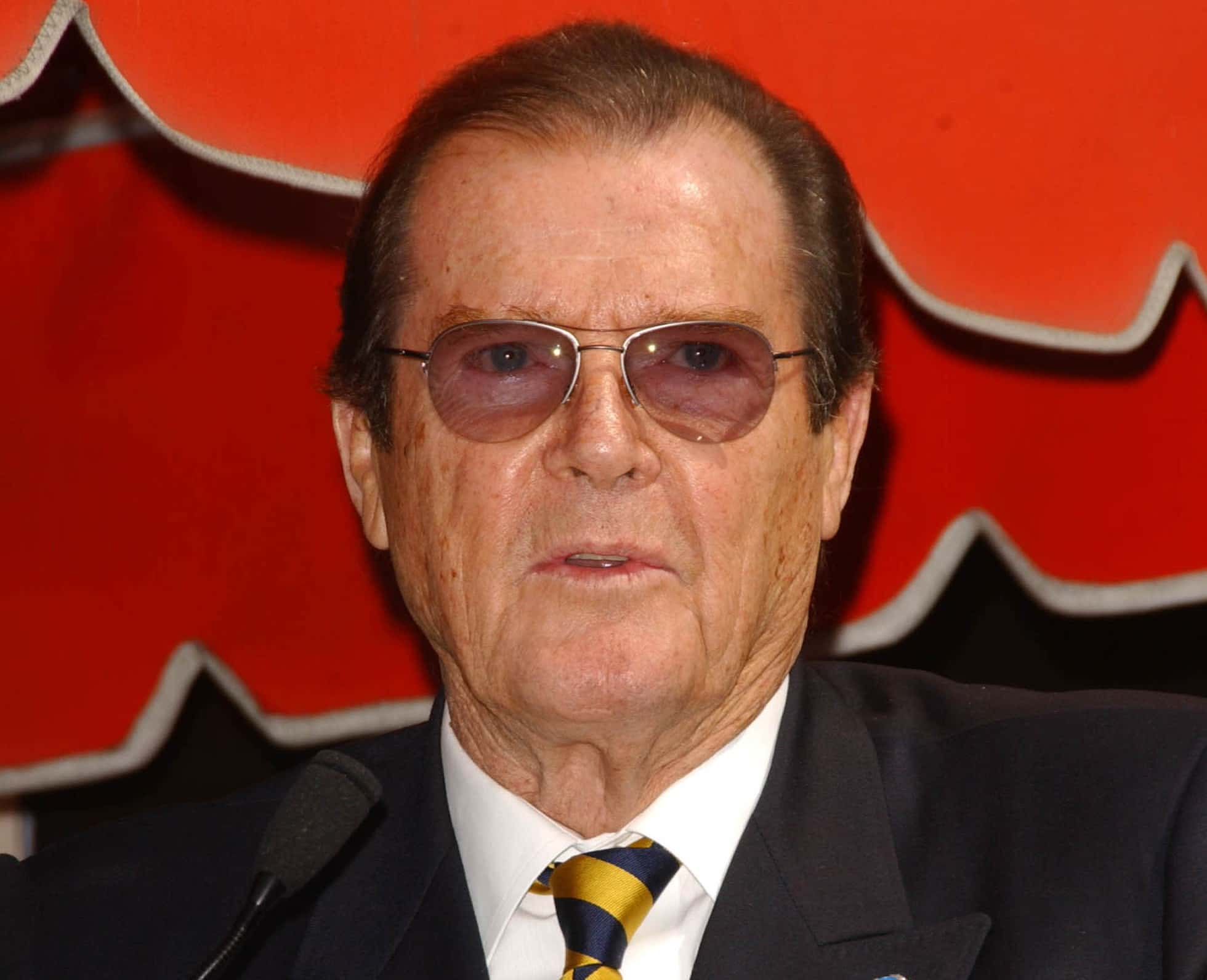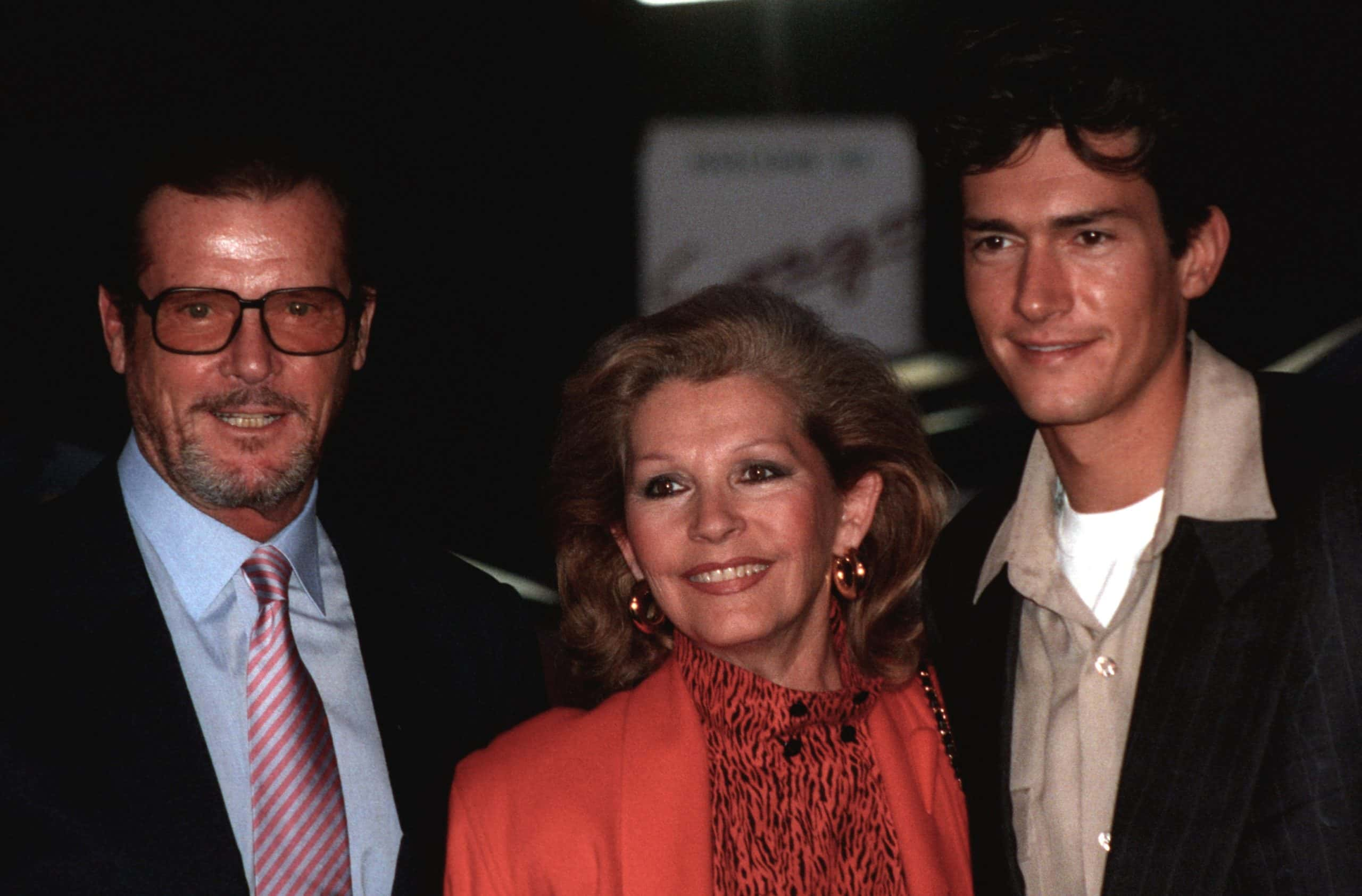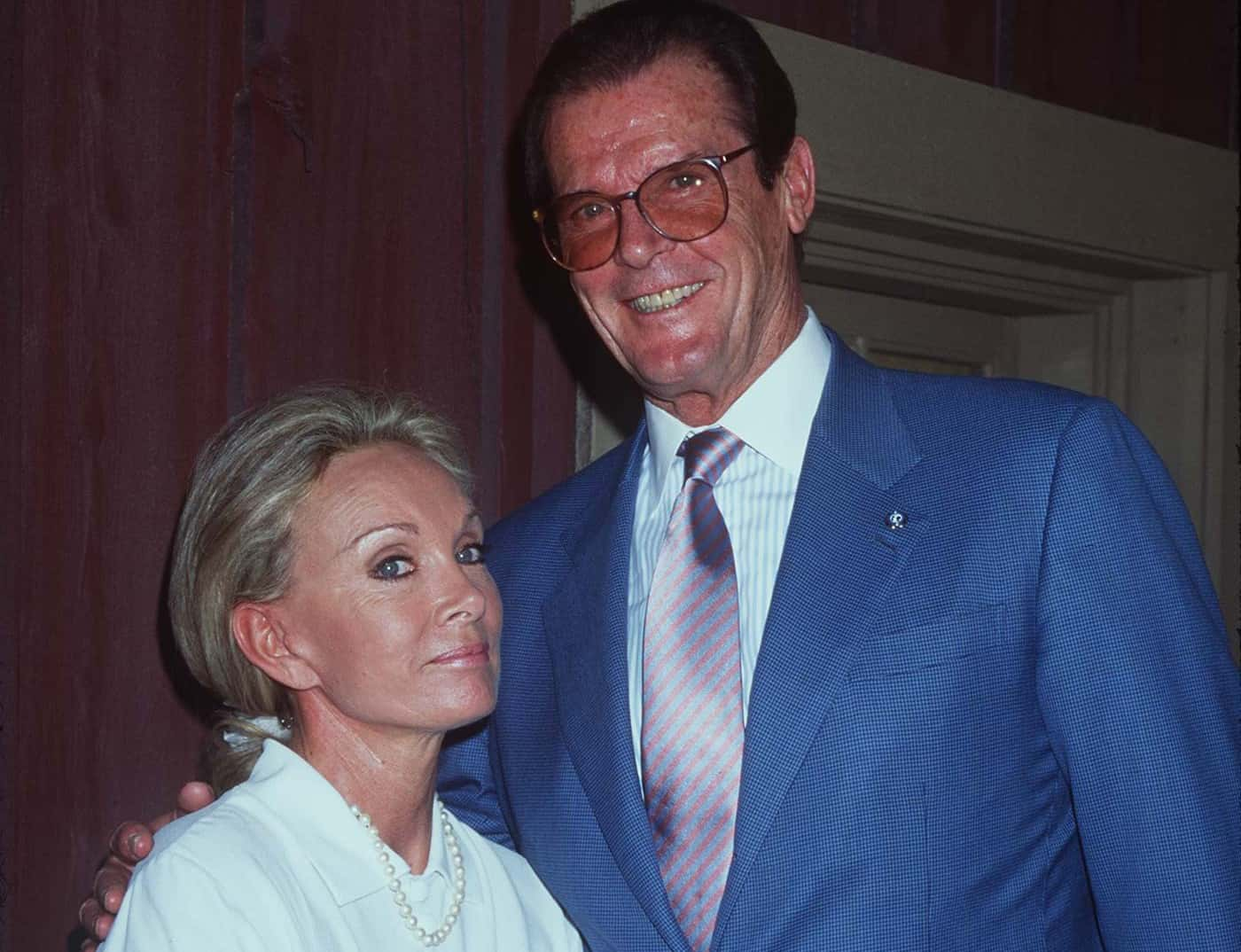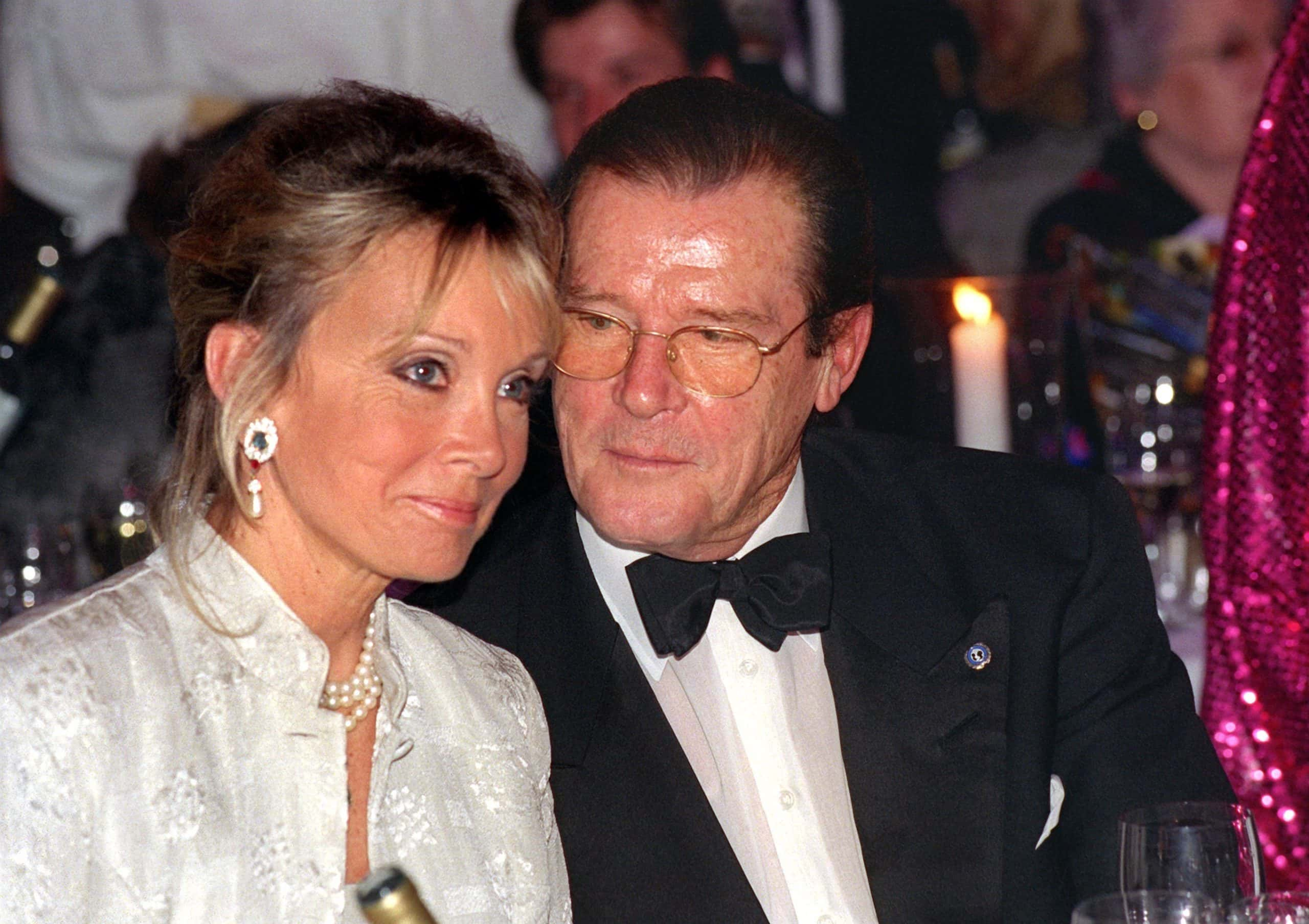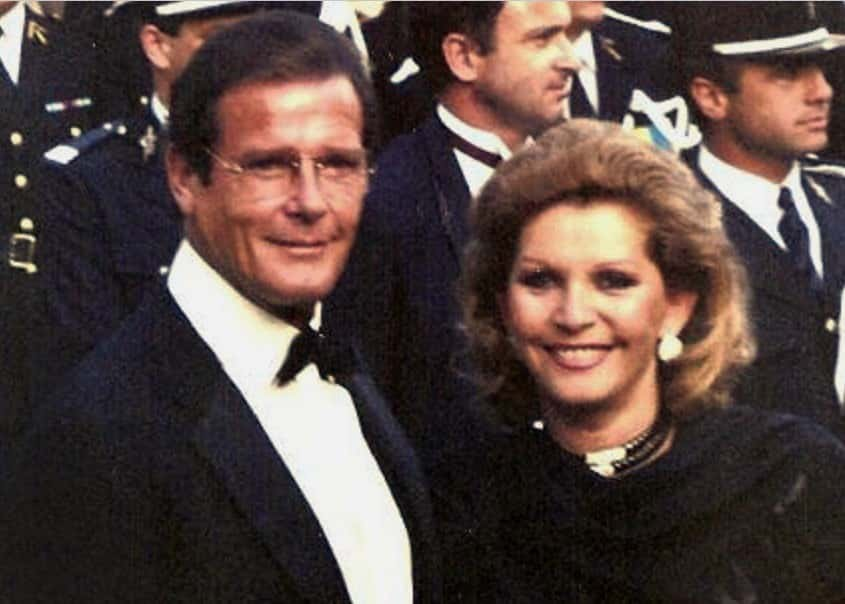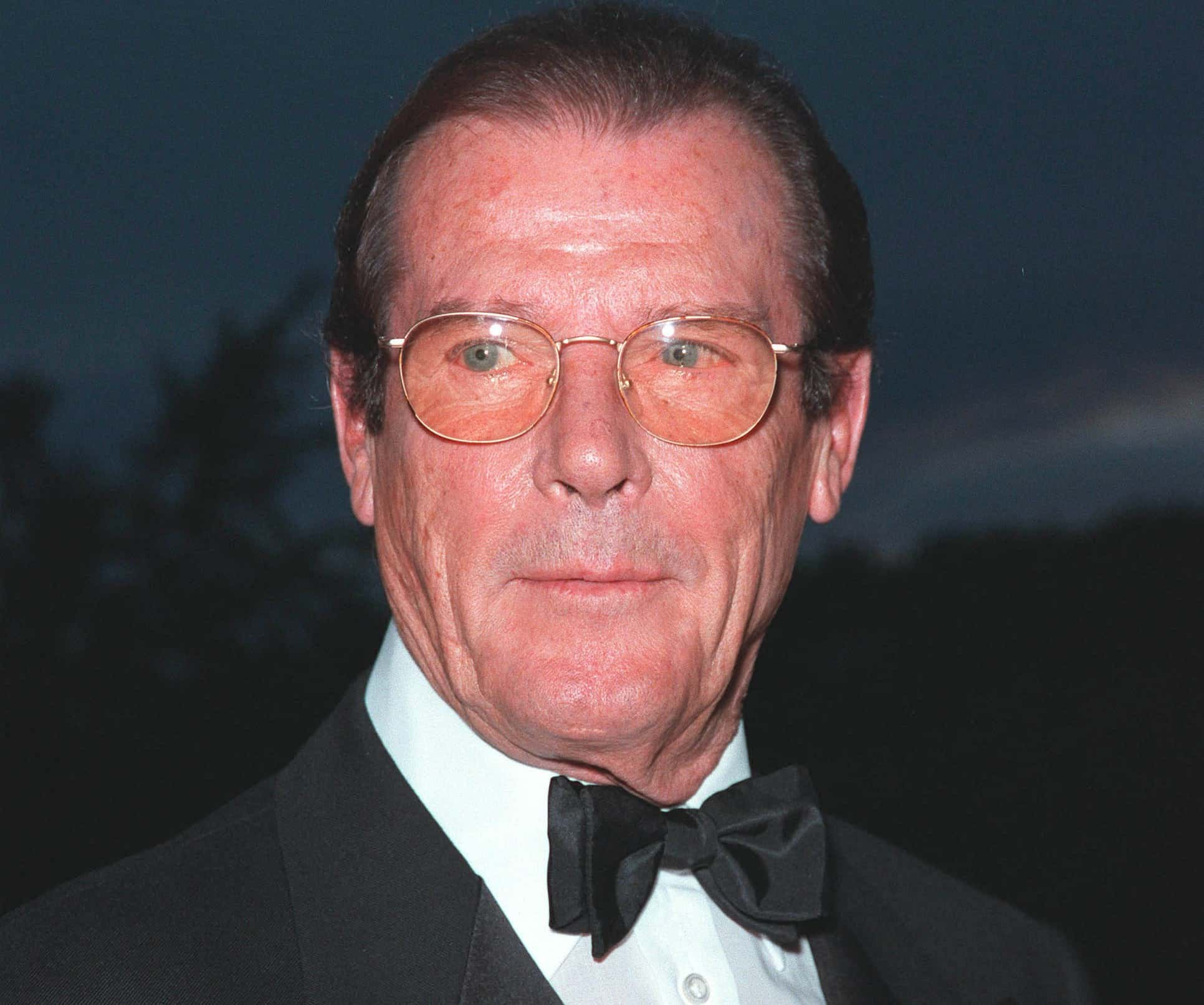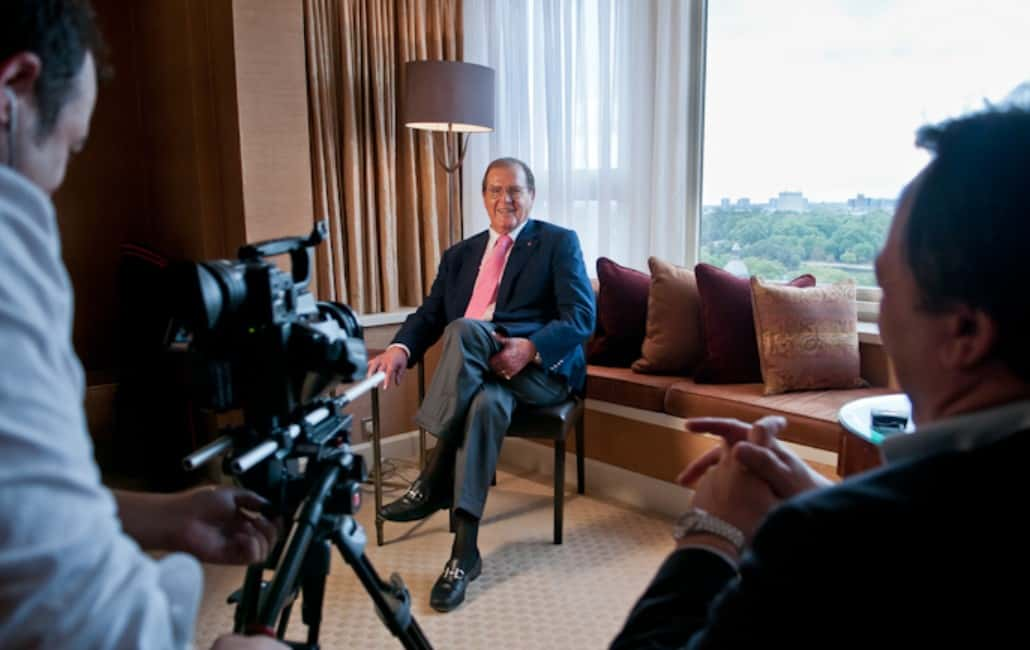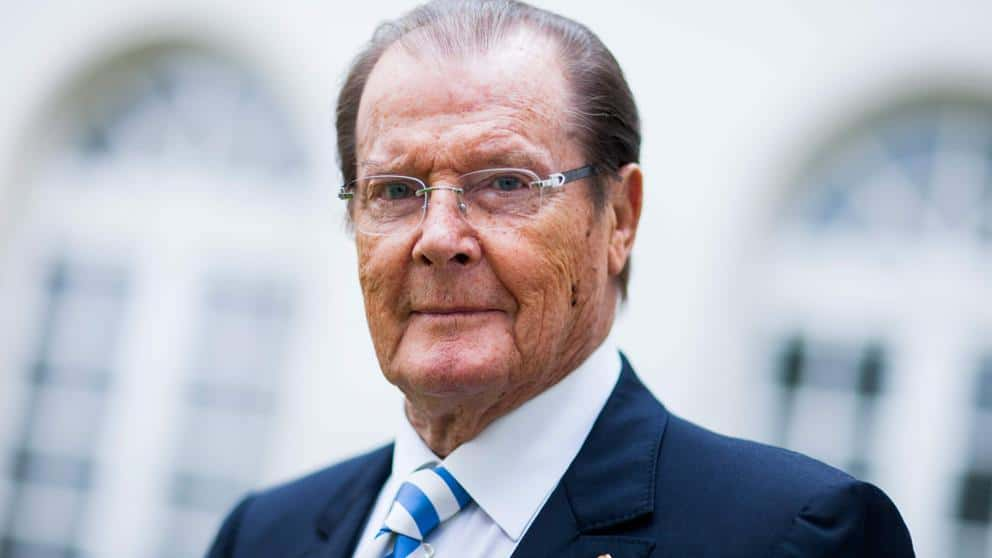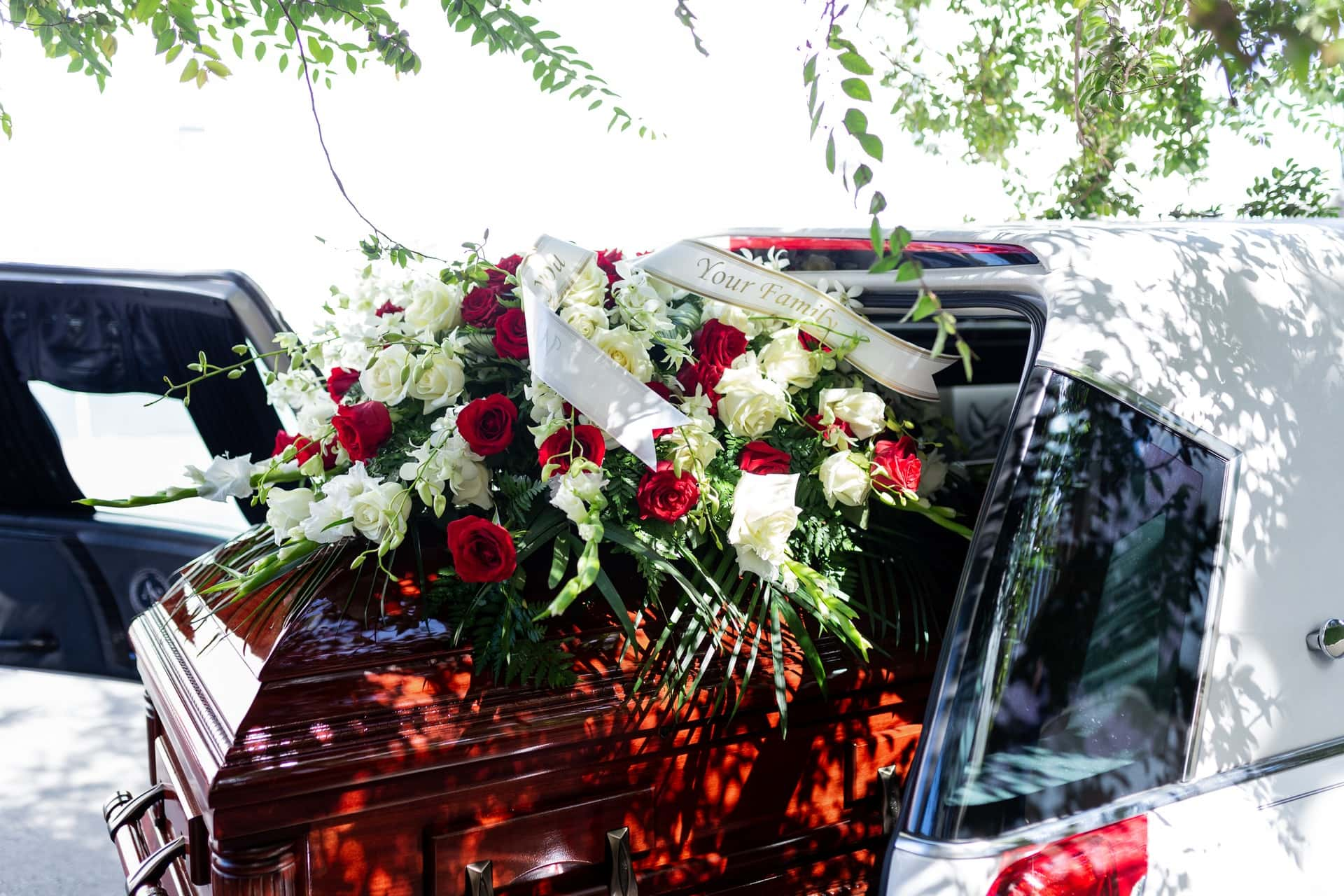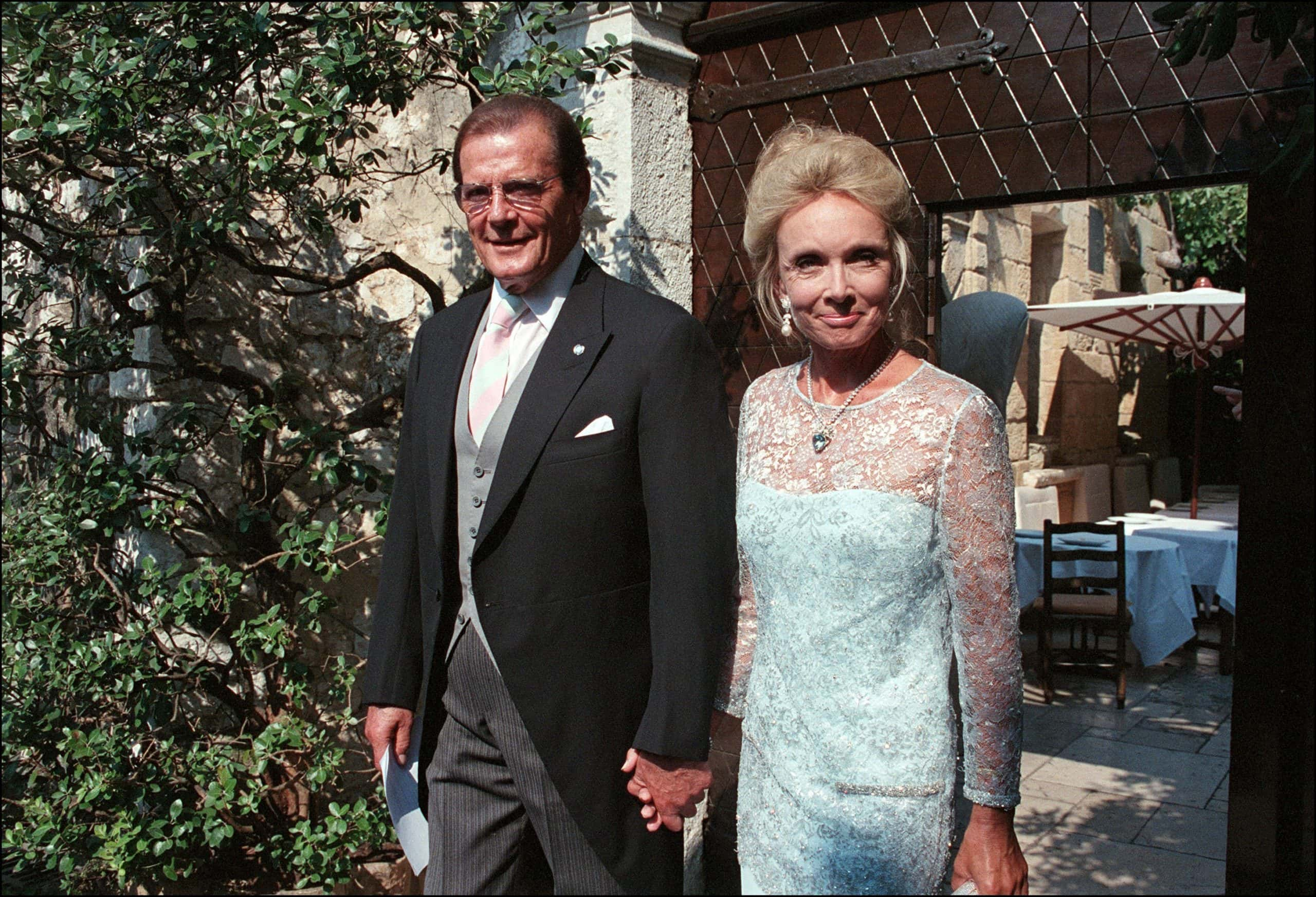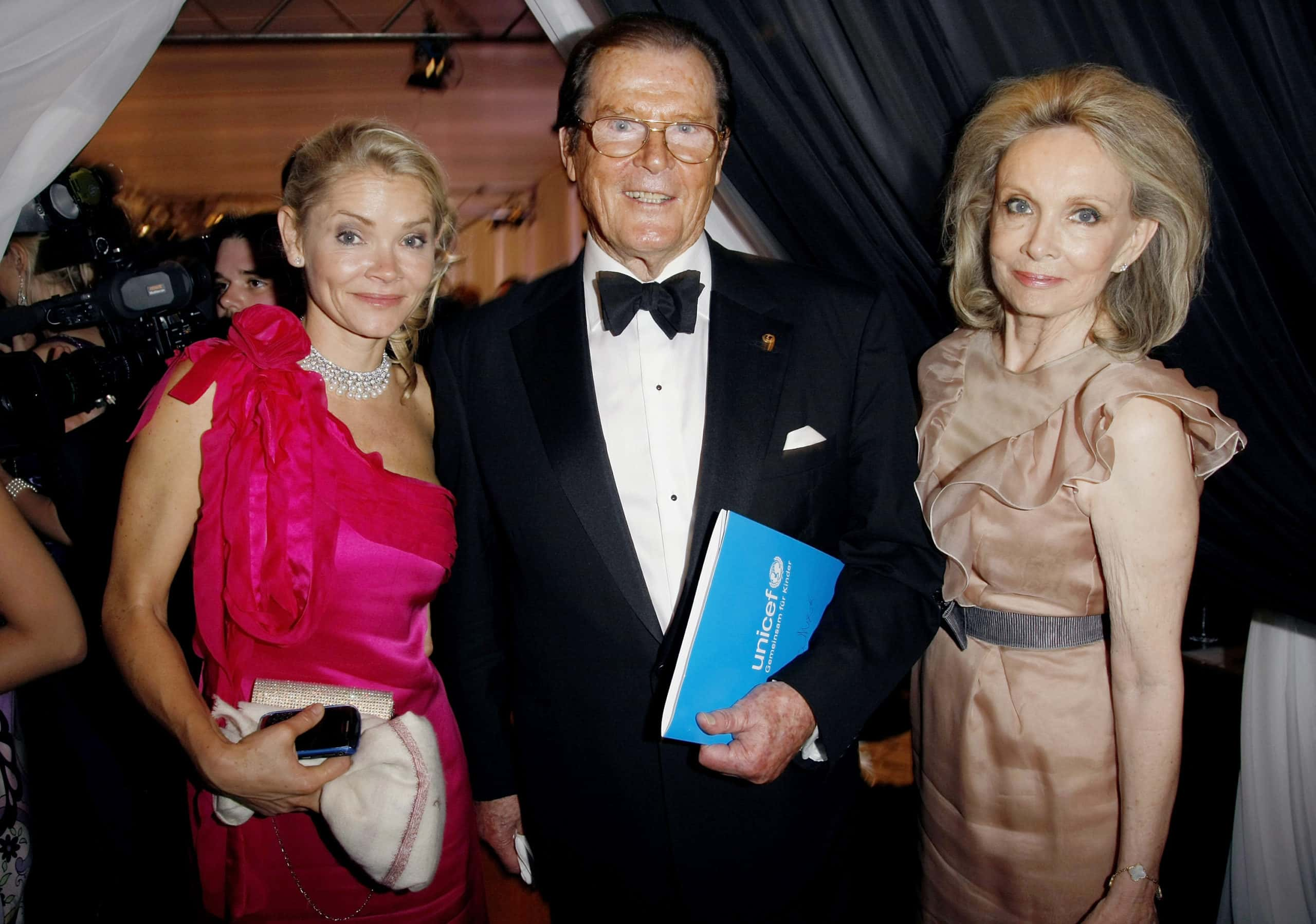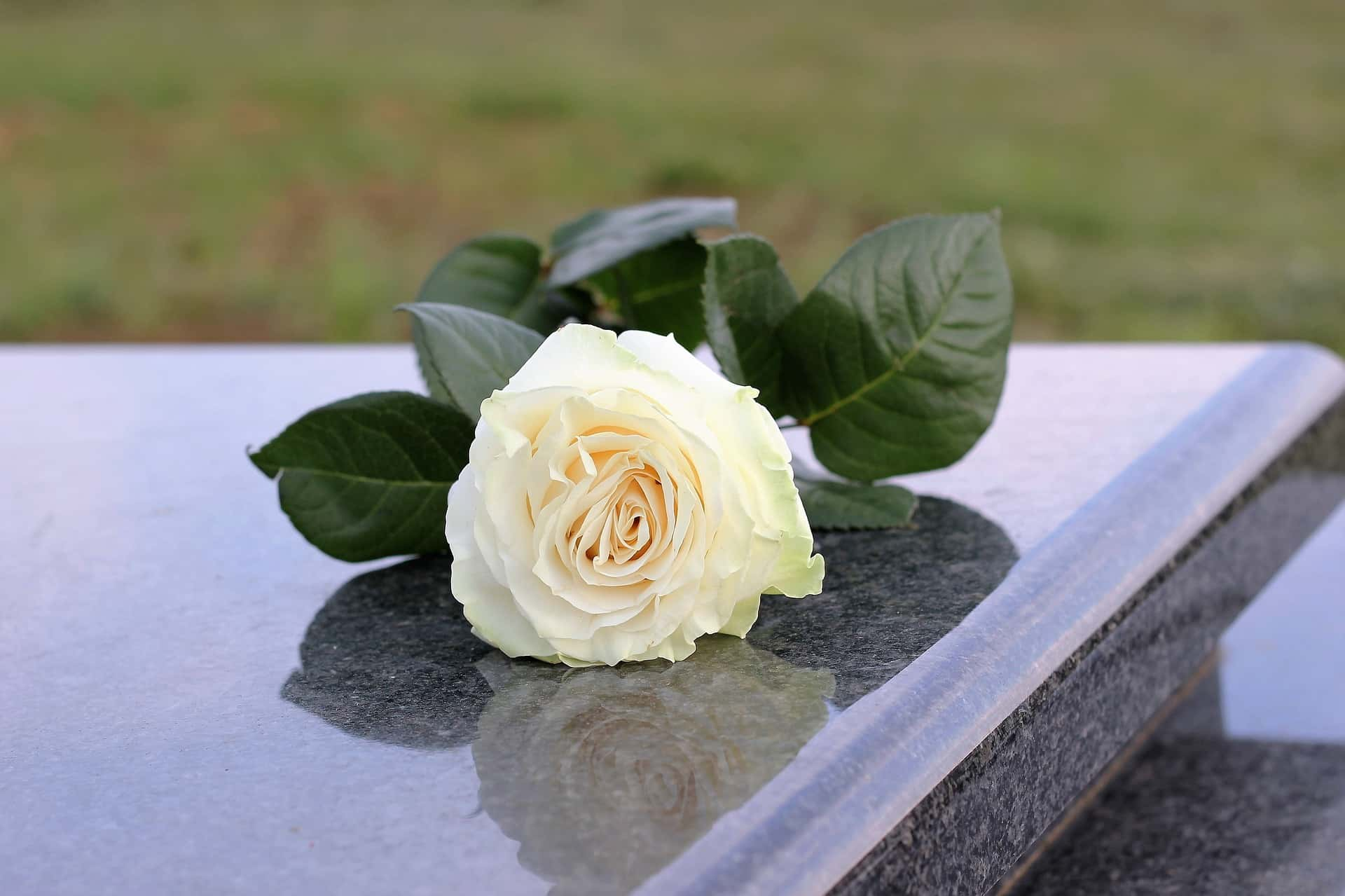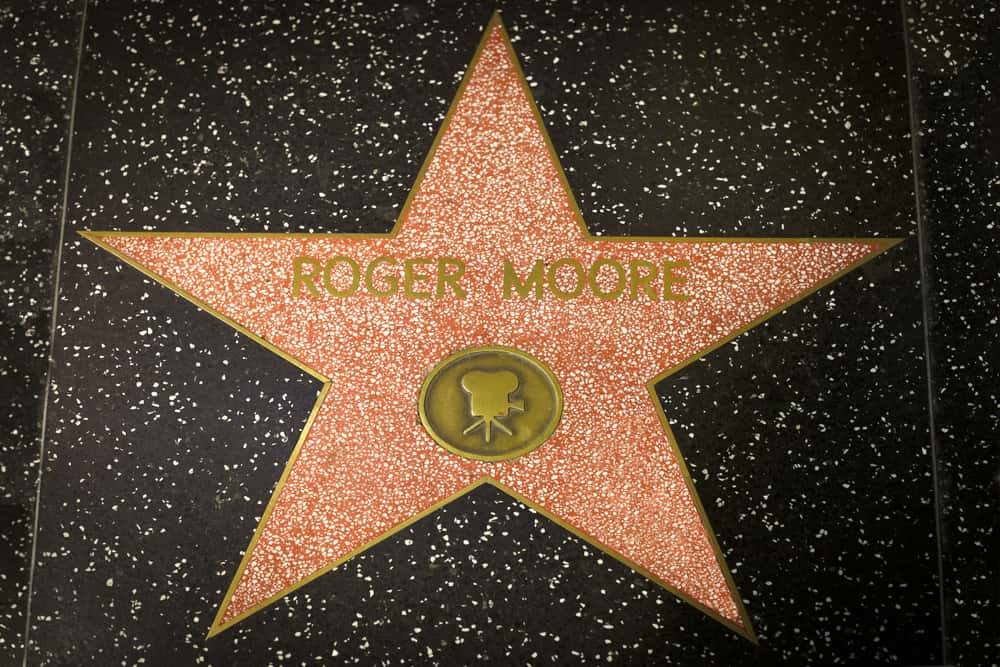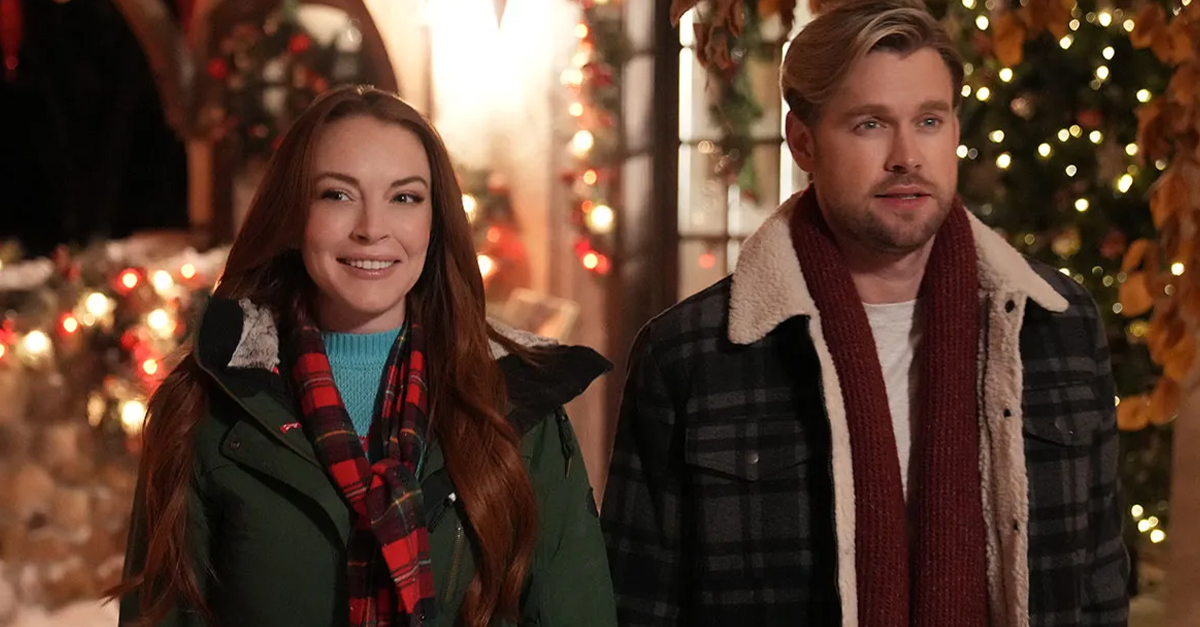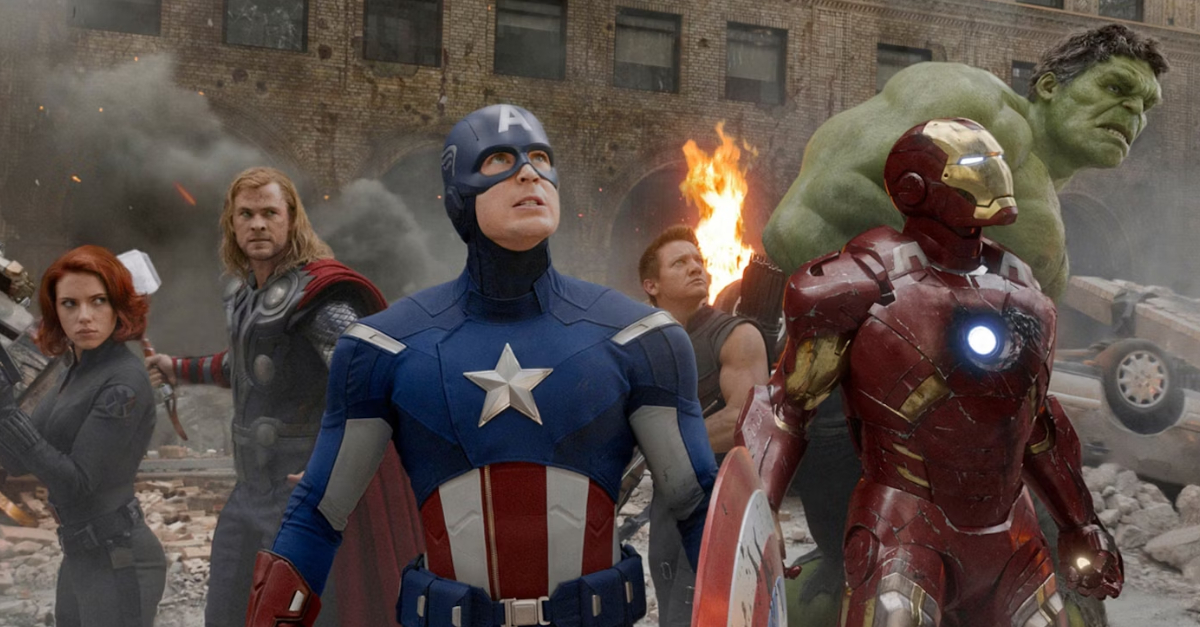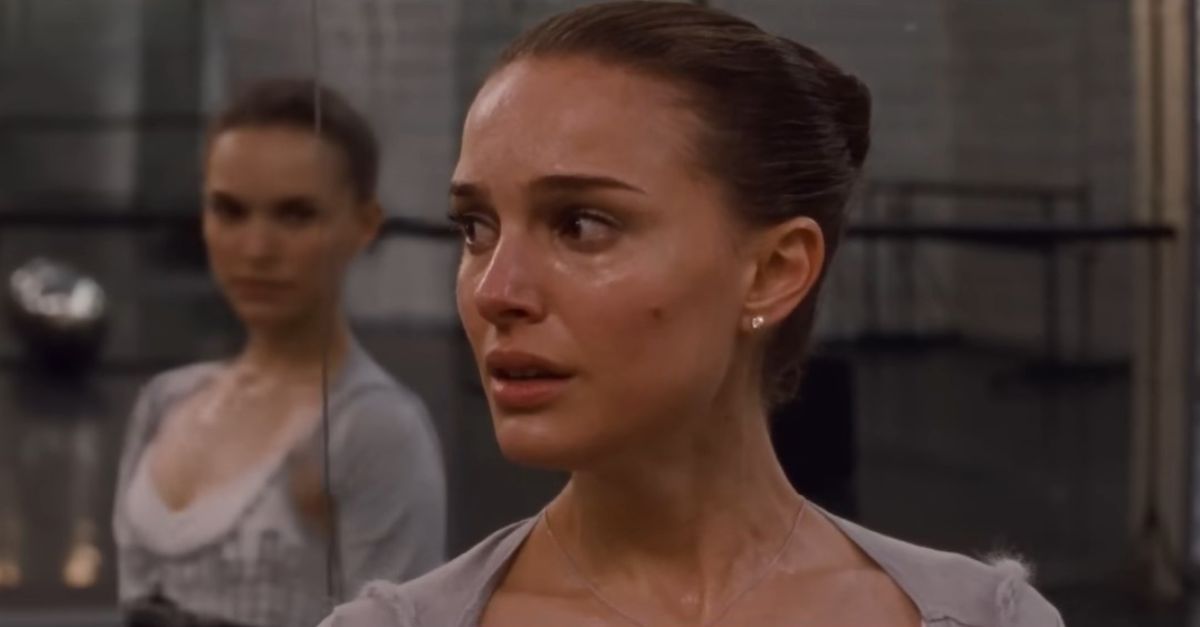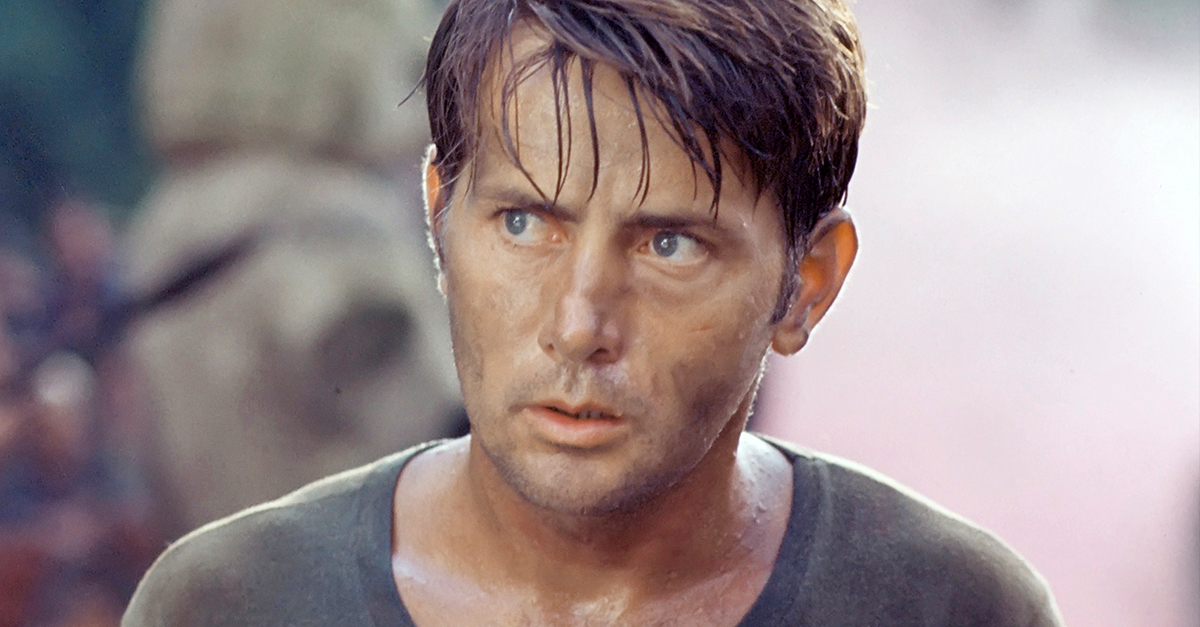The Wild Life Of Hollywood's Suave Gentleman
Roger Moore was the man behind international superspy James Bond after Sean Connery—but there was so much more to Moore than 007. From working-class lad to worldwide movie star, from hopeless romantic to humanitarian, Moore lived life even larger behind the camera than he did in front of it. From vindictive ex-wives to troublesome co-stars, there was never a dull moment for the one and only Roger Moore.

1. He Came From A Working-Class Home
On October 14, 1927, Lillian and George Alfred Moore brought baby Roger home to their cozy residence in Stockton, London. They weren’t wealthy—his father was a constable and his mother, a housewife and the daughter of a general—but they made do with what they had. Moore grew up as their only child, not ever imagining that one day he could become a star.
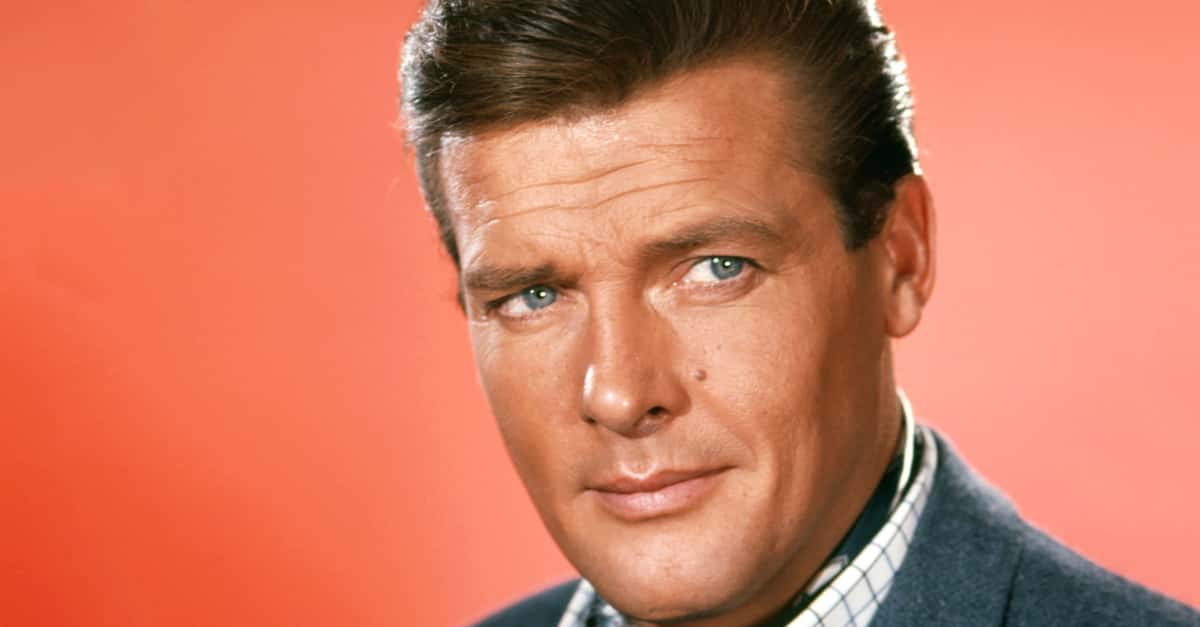
2. He Loved Film From The Start
Even as a boy, Moore always had a passion for the cinematic arts. So when at 16, an animation film company offered him a position as an apprentice cartoonist, he didn’t hesitate to accept. Like any intern, he learned the basics of the job while also making food runs and doing errands for the real animators. However, Moore wasn't destined to hold a pencil.
Apprentices have short leashes, and Moore made a fatal mistake. He accidentally ruined some animation cels, and the company he worked for wasn't big on second chances. They fired him on the spot—but Moore would be on to bigger and better things soon enough.
3. His Father Found Him An Acting Gig
Roger Moore has a random crime to thank for his career in show-business. After a burglary at the home of famous director Brian Desmond Hurst, Moore's father ended up on the case. Lucky for Moore, his dad was looking out for him. Papa Moore promptly introduced him to Hurst in the hopes that the director might be able to help him out in the industry. Constable Moore must have been persuasive, because Hurst immediately offered young Roger a role as an extra in his upcoming film Caesar and Cleopatra.
Moore quickly accepted and, just like that, he was off to the races—and he sure made one heck of a first impression.
4. His Good Looks Earned Him A Scholarship
Moore became something of a spectacle on the set of Caesar and Cleopatra. At 6’4 with golden hair and deep blue eyes, Moore was a total heartthrob. He quickly gained himself a female entourage that followed him around behind the scenes. If you're a hopeful new actor, that kind of attention is exactly what you want. Seeing how popular he was with the ladies, Hurst decided to offer Moore the funding to attend the Royal Academy of Dramatic Arts (RADA). It was a dream come true—but the school would change Moore's life in more ways than he expected.
5. He Learned His James Bond Moves At Drama School
At RADA, Moore developed all the acting chops he would need to one day take on the role of 007. He learned to speak with a Transatlantic accent and adopted the smooth-talking persona that would eventually dominate screens everywhere. He also befriended the future Bond leading lady Lois Maxwell, who would one day play Miss Moneypenny across from him. But Maxwell wasn’t the only lady he met at RADA.
6. He Was Only 19 When He Married His Wife
Her name was Doorn Van Steyn, and Moore fell in love instantly. She was a 26-year-old RADA student, an actress, and a single mother to Shaun Van Steyn, a toddler. At only 19, Moore left RADA and married Van Steyn in 1946. The two newlyweds settled in Streatham, London with Van Steyn’s family. It seemed like a fairy tale—but the newlyweds were blissfully unaware of the storm clouds ahead.
7. His Wife Attacked Him
After the honeymoon phase, Moore and Van Steyn's whirlwind romance took a turn for the worse. Van Steyn grew more and more frustrated with Moore’s underwhelming career, and it brought out her dark side. She allegedly took her frustrations out on Moore through both verbal and physical attacks: "You’ll never be an actor," Moore recalled her saying, "your face is too weak".
Facing the punches and scratches and, memorably, a teapot flying at his head, Moore decided enough was enough.
8. His Second Wife Was 12 Years Older Than Him
In 1952, Moore attended a party in Kent where he met another hot-headed woman several years his senior—the famous singer Dorothy Squires. The two hit it off immediately, despite their 12-year age gap. There was just one problem: He was still very miserably married to Van Steyn. Well, enough of that. After obtaining a divorce from Van Steyn in 1953, Moore and Squires tied the knot.
It seems like Moore had a thing for cougars! Unfortunately, he also seemed to have a thing for women with disturbing tempers...
9. Their Marriage Was Extremely Turbulent
Moore and his new wife moved to America in 1954—and that's when things went south. Squires managed to introduce Moore to all the right people in Hollywood, and his career started taking off with roles in film and television. Meanwhile, Squires’ career declined in America even more. She vented her frustration on her husband, even smashing a guitar over his head! The two began arguing more and more.
It didn't help that the pair of them had a painful secret hanging over their heads.
10. They Suffered Many Devastating Disappointments
There was another factor that brought tension into their marriage—infertility. Squires suffered through a tragic string of miscarriages during their time in America, with each one causing a devastating hit to the couple. For Moore, who had always wanted to be a father, the disappointment was unbearable; he later admitted that things might have ended differently for the two had they been able to have children.
However, I wouldn't say that's an excuse for what Moore would eventually do to her.
11. They Left America To Escape Moore’s Wandering Eye
In 1961, Squires gave Moore an ultimatum—they had to leave America, or it was all over. Squires had become fed up with all their arguments, and Moore’s alleged attraction to his co-star, Dorothy Provine, was the final straw. Together they left the US and settled in Birmingham. But moving away from one temptation brought Moore closer to another.
12. Their Relationship Ended In Ultimate Betrayal
Temptation, thy name is Luisa Mattioli, Italian actress and Moore’s co-star in Romulus and the Sabines. Remember years earlier, when Moore started a new relationship while still married? Why would he change his stripes now? Moore and Mattioli began an affair in 1961, and it wasn’t long before Moore left his wife for her. Squires did not tamper her rage: "She threw a brick through my window," said Moore.
Moore subsequently called the authorities. When officers arrived, they found Squires bleeding. When they pointed that out, her reply was legendary: "It's my heart that's bleeding".
13. His Ex-Wife Tried To Ruin His Life
Squires spent the next few years trying to destroy her former husband’s happiness. She shattered the windows of their French home in a fit of rage. She sued Moore for not performing conjugal rights, and then sued fellow actor Kenneth More for libel when he referred to Mattioli as Moore’s "wife" before the divorce was official. Most importantly, she refused to grant Moore a divorce until many years later.
More than anything, Squires wanted Moore to suffer—but there's one thing she couldn't control.
14. He Became An International Television Star
Squires wanted to make her husband miserable, but Moore’s luck was about to change. In 1962, he scored himself the role of a lifetime: Secret agent Simon Templar in the televised adaptation of The Saint. The show became wildly successful in England and started airing on American channels as well. By the time production ended in 1969, international audiences in over 60 countries knew of Roger Moore. It was the start of something big.
15. He Married His Mistress After Seven Years Together
Things only got better for Moore when Squires finally granted a divorce in 1969. Moore officially married the fiery Mattioli after almost eight years and three kids together. They hosted their wedding at Caxton Hall in Westminster, surrounded by hoards screaming fangirls chanting Moore’s name. Finally, with his family by his side, Moore was ready for anything life would throw at him—even the chance to be a movie star.
16. He Refused To Swipe Sean Connery’s Role
By 1966, Eon producers approached Moore with an opportunity like no other—the role of James Bond himself. Sean Connery had already announced his departure from the role, so they needed to find a replacement fast. But when Connery took on the character once more in 1971, Moore refused to consider playing Bond until the other actor officially retired. He would be rewarded for his loyalty.
17. He Hated Changing His Appearance
Eon Productions announced the news in 1972—Roger Moore of The Saint fame would play secret agent James Bond in the new film, Live and Let Die. Fans went wild. Moore himself, however, was a little less thrilled. He had to lose weight, get into shape, and cut his hair for the role, which he absolutely resented. But once it was over, Moore was ready to work harder than he ever had before.
18. Screenwriters Wrote Live And Let Die Around Moore's Persona
Moore wanted to play James Bond in his own way. He didn’t want to make James Bond synonymous with his character from The Saint. Nor did he want to become an extension of Sean Connery’s tough-guy Bond. Together with the screenwriters, Moore created his own character in James Bond, a witty, charismatic charmer who didn’t take himself too seriously. This was a Bond that audiences had never seen before.
19. He Refused To Run On Camera
On set, Moore distinguished himself from the character of Bond with his eccentricities that amused the crew and amazed his fans. Throughout his tenure as Bond, for example, he never appeared on camera while running. Moore felt that he "looked awkward" when he ran, so he asked that a body double perform all the necessary sprinting. That’s one way to do it!
20. He Had A Great Dislike Of Firearms
Additionally, Moore set himself apart from his character through his great distaste for weapons, especially firearms. He never felt comfortable handling the props on set. Two chilling incidents from his youth were to blame: As a boy, a friend shot him in the leg with a BB. Years later, in the Armed Forces, his weapon once jammed and essentially exploded in his hands, deafening him and instilling a lifelong fear of firearms.
He was also very vocal about his personal feelings on firearms and bloodshed off-screen: "I have always hated guns and what they represent". A little ironic for an action star!
21. His Second Bond Film Disappointed Both Audiences And Himself
When Eon tried to follow up the success of Moore’s first Bond film, they ended up making a critical mistake. The director tried to return Bond’s character to his killer roots, which Moore resented. He hated playing Bond as a thug, where he had to threaten women and push a young boy off a boat. Audiences also felt less than impressed. Eon recognized that they needed to make some big changes for the next film—if there even was a next film!
22. The Studio Changed Things Up
The Man With The Golden Gun was such a flop that it almost ended the James Bond franchise for good. However, by the time that Moore returned to the role of Bond in 1976, Eon had revamped the entire project. They hired a new director and a new screenwriter, both of whom embraced the cheekier, more comedic tone of Moore’s Bond. Director Lew Grade even said that Moore's characterization of Bond, with his "very English, very smooth, good sense of humor," more closely matched Fleming’s original character.
The results spoke for themselves.
23. The Spy Who Loved Me Was His Favorite
When Roger Moore and his co-star presented The Spy Who Loved Me at the 1977 Cannes Festival, they heard the response loud and clear—fans and critics alike felt that this was Moore’s greatest Bond film yet. Moore would go on to agree with them: "I think The Spy Who Loved Me was the best," he said in an interview, "or rather the one I enjoyed doing the most". This was a true high point in his career.
But you know the unfortunate thing about high points? It's all downhill from there.
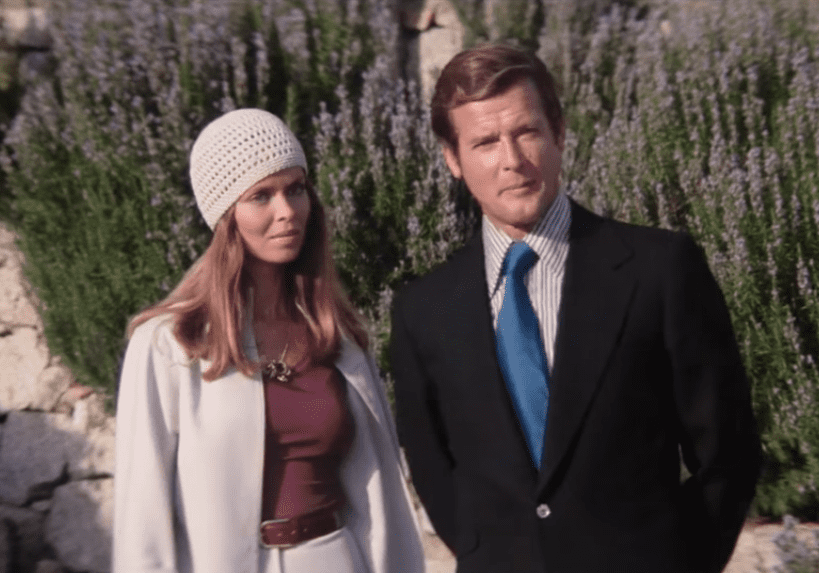 The Spy Who Loved Me (1977), United Artists
The Spy Who Loved Me (1977), United Artists
24. He Filed A Lawsuit Against His Ex-Wife
While Moore's professional life ran smoothly, his personal life once again faced hardships. His ex-wife Squires was back for revenge. She managed to snatch Moore’s personal love letters to Mattioli so that she could use them in her autobiography. Moore ended up filing an injunction against Squires to stop her. Her response was totally deranged. She allegedly broke into his lawyer’s office and starting breaking things/throwing whatever she could get her hands on at people. She would not be stopped.
25. He Had A Painful Condition
Moore also faced a series of health troubles during his time as Bond, which often interrupted production. But while filming Moonraker, his fourth Bond flick, he suddenly found himself in agony. It turns out, Moore had a kidney stone, leaving him unable to arrive on set in Rio. His week-long hospital stay almost shut down the whole production until he recovered after a week of misery.
26. He Faced Dizzying Heights
Moore’s scariest moment as Bond occurred while filming in Greece for his fifth movie, For Your Eyes Only. The director asked him to climb up and dangle from the side of a towering cliff. Moore, who suffered from vertigo, admitted to taking Valium and downing a pint before hiking up to the top of the mountain. Luckily, he made it all the way to the top!
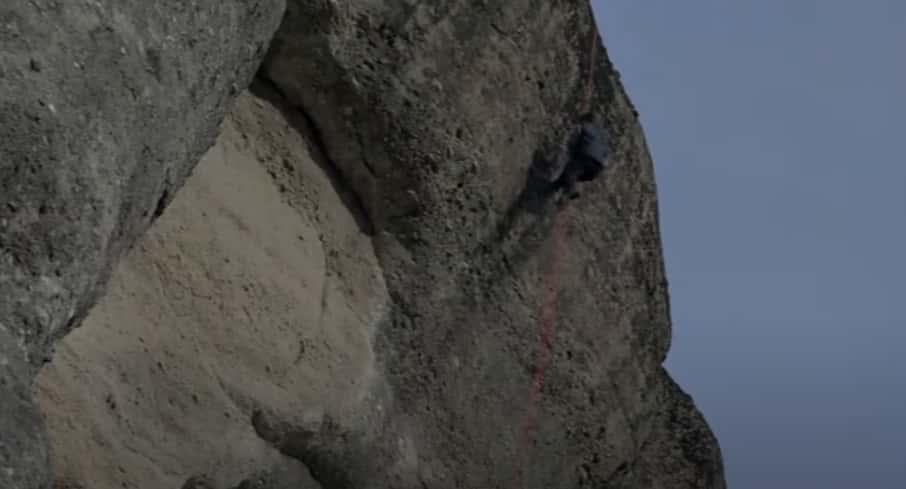 For Your Eyes Only (1981), United Artists
For Your Eyes Only (1981), United Artists
27. He Tried To Quit
By his fifth outing as Bond in 1981, Moore felt like enough was enough. He told producers that he didn’t necessarily want to return to the role for a sixth time. But when Eon’s competitor Warner Bros announced their own non-canon James Bond production, starring Sean Connery, producers pleaded Moore to reconsider. So he did. Octopussy managed to surpass Connery’s Never Say Never Again.
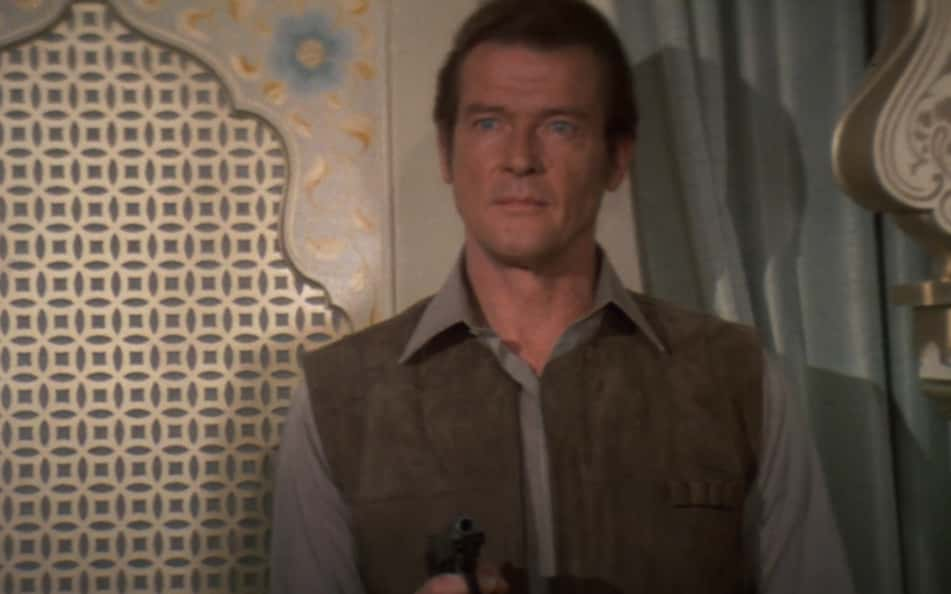 Octopussy (1983), United Artists
Octopussy (1983), United Artists
28. He Became The Longest-Running James Bond Ever
In 1985 at the age of 57, Moore returned to the role of 007 for a seventh time despite his reservations, making him the longest-lasting Bond in the business. He admitted to feeling disappointed in the project, A View to a Kill, because it depicted more brutality and bloodshed than previous films. It ended up being his least favorite as a result. But that's not the only reason he hated the film...
29. He Had A Feud With One Of His Co-Stars
Moore also didn’t enjoy filming A View to a Kill due to the bad blood between him and Bond girl Grace Jones. He mentioned in his autobiography that she played loud music during rest times, interrupting his sleep and disturbing him thoroughly. When asked about Jones, he said, "My mother once said if you have nothing good to say about someone, then say nothing at all".
30. He Felt Embarrassed By His Age
Moore also felt that at 57, he was far too old to play Bond: "I was getting long in the tooth," he described, "When the leading ladies came in and they were younger than my daughter, I thought 'Hmm, this is getting on a bit.' And then... God, I could have had them as granddaughters. It becomes rather disgusting—dirty old man". Critics agreed with Moore, generally panning the film.
31. He Hung Up The Suit
Even before the release of A View to a Kill, Moore had made up his mind; he no longer wanted to play the role of James Bond. By the film’s release in 1985, Moore already informed his producers about his decision so that they could cast a new Bond. He left the film series with no regrets and no doubts about his choice—he wanted to start a new chapter. So what was next?
32. He Took A Five-Year Break
For five years after retiring from the role of James Bond, Moore took a well-deserved break from the big screen. Aside from his 1987 voice role in The Magic Snowman and his appearance as host for Happy Anniversary 007: 25 Years of James Bond, he took a step back from the limelight and reconnected with friends and family. But he had no idea where his friends and family would take him.
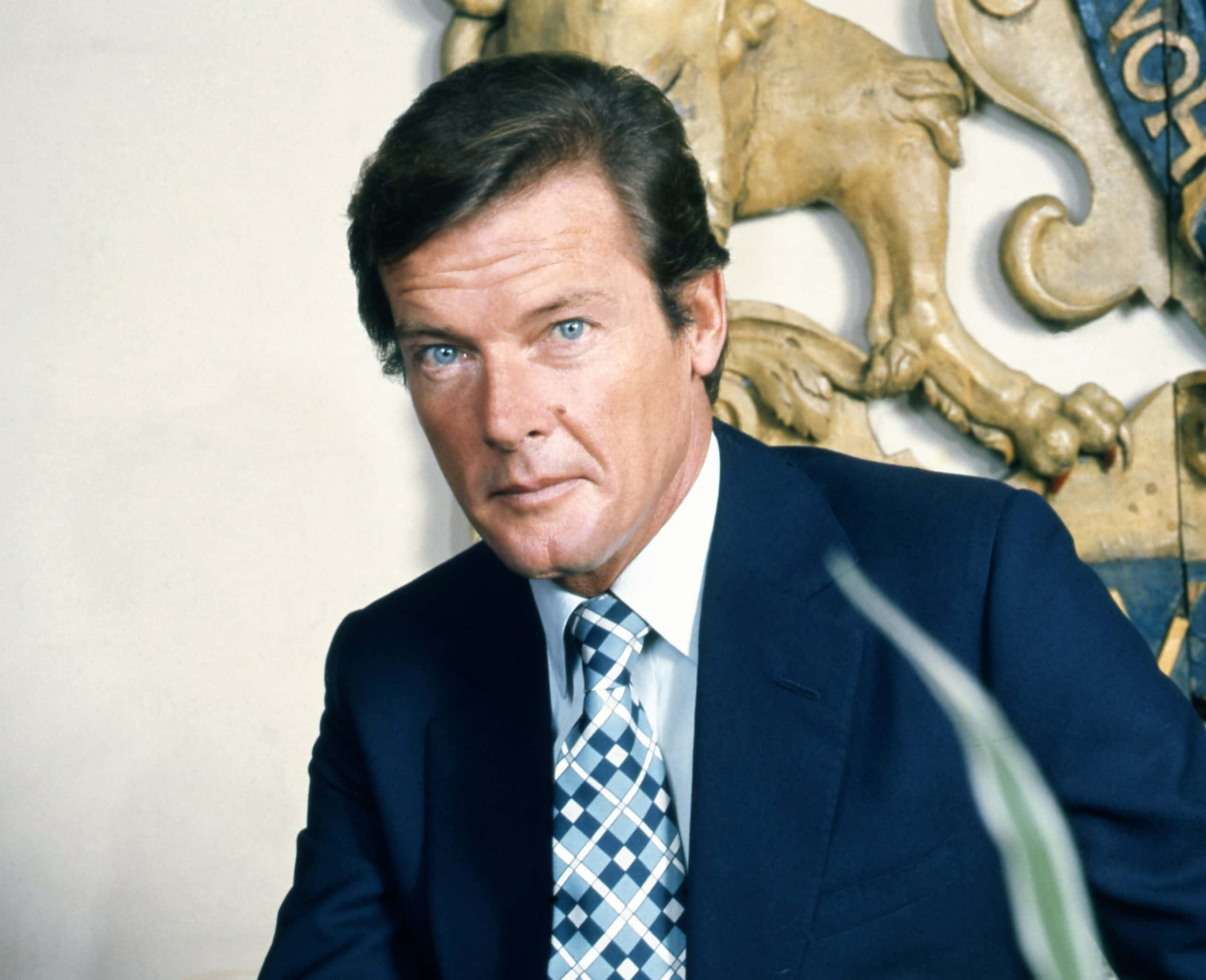 Wikimedia Commons, Allan warren
Wikimedia Commons, Allan warren
33. Audrey Hepburn Opened His Eyes
One friend in particular—famous actress Audrey Hepburn—forever impacted Moore’s life by inspiring him through her contributions to UNICEF. Hepburn became UNICEF’s Goodwill Ambassador in 1988, helping provide clean water, food, and medicine to children all over the world. Moore felt deeply impressed by his friend and neighbor’s pursuits and decided to contribute to her cause.
34. He Wanted To Make A Difference
Moore followed Hepburn’s example and involved himself in UNICEF missions and campaigns until 1991, when they appointed him Goodwill Ambassador for his contributions. Moore began dedicating much of his time and energy to UNICEF, traveling across South America to assist millions of children in crisis situations. He remained engaged with UNICEF for the rest of his life.
35. He Became A Knight
In 1999, Moore received the greatest honor of his career yet—the Queen of England knighted him not to recognize his work as James Bond, but for his decade-long work with UNICEF. The actor felt incredibly proud, stating that the title "meant far more to me than if I had got it for acting". He remained dedicated to his humanitarian work for the rest of his life.
36. He Made His Name
After 20 years of dedication to UNICEF, the organization decided to honor the actor with their Lifetime Achievement Award in 2012, the first of its kind. "I might be best known for playing James Bond," said Moore, "but my role as Goodwill Ambassador for UNICEF is the one I am most passionate about". UNICEF named this award the Roger Moore Lifetime Achievement Award from that point on.
Unfortunately, bad things can happen to good people. Moore was about to get some chilling news.
37. He Collapsed On-Stage
During Moore’s 34th performance of The Play What I Wrote on Broadway, the actor suddenly fainted in front of the world. Panic ensued. Tholstrup rushed to his side as an ambulance raced Moore to the hospital. Doctors soon discovered Moore’s alarmingly slow heartbeat and equipped him with a new pacemaker. After a full recovery, Moore returned to his active life of performance and UNICEF missions.
However, it was clear his health was slowly going downhill.
38. A Cancer Scare Changed His Life
Everything changed for Moore when he received a devastating diagnosis in 1993—prostate cancer. At only 66, Moore faced down his mortality in an experience he later described as "painful" and "life-changing". Though he managed to make a full recovery after treatment, he came back from the hospital a different man, no longer content with the choices of his former life.
He decided to change for good—though he did keep one of his worst habits...
39. He Fell In Love With His Wife’s Friend
After his diagnosis, Moore started growing closer to Mattioli’s friend Kristina "Kiki" Tholstrup, who was staying at their home while recovering from cancer herself. The two connected over their shared experiences with cancer. After a lifetime of pursuing impassioned women, Moore found himself drawn towards Tholstrup’s calm demeanor. Soon, Moore fell in love.
Being married clearly never stopped Moore from falling for a girl before, and this time was no different.
40. He Ran Away With Her
Moore and Tholstrup developed strong feelings for one another, leading Moore to make his most dramatic post-cancer choice yet—he decided to leave his wife and the mother of his children for Tholstrup. Unlike his other three marriages, Moore and Tholstrup had what he characterized as "a tranquil relationship," free of arguments for once. The two waited nervously for the fallout to hit—and boy, would it ever.
41. His Third Wife Refused A Divorce
When the fallout came, it struck hard. The heartbroken Mattioli withheld her consent for divorce until 2000, when she agreed to a £10 million settlement. In her memoir, Nothing Lasts Forever, she held nothing back. She scathingly wrote about her feelings of betrayal and abandonment from her former husband and former friend. She even claimed that Tholstrup was trying to take over her life.
Mattioli did everything in her power to drag Moore and Tholstrup through the mud. Meanwhile, the new couple remained completely silent.
42. He Kept His Mouth Shut
Moore steadfastly refused to make any sort of comment in response to Mattioli’s diatribes against him. He felt that doing so would put his children in the middle of their squabbles: "Well, she is the mother of my wonderful children," he said when asked about it, "and I did not wish them to be any more hurt than they were by engaging in a war of words".
43. He Revealed His Secret
Moore refused to indulge in personal quibbles—but he did finally decide it was time to reveal the painful secret he'd kept with him since he was a boy: "I was molested as a child," he told the World Congress Against Commercial Sexual Exploitation of Children, "Not seriously—but I didn’t tell my mother until I was 16, because I felt that it was something to be ashamed of".
So why did Moore suddenly reveal this shocker? He had a platform, and he wanted no other child victims to feel the guilt that he felt.
44. He Paid For His Ex-Wife's Medical Care
Moore also put aside his personal issues with Squires despite all the trouble she caused him—by 1996, she was bankrupt, undergoing cancer treatment, and unable to afford it. So Moore stepped in on her behalf and covered her hospital bills without any prompting. After all this time, little things like "trying to ruin your life" didn’t matter so much to Moore.
45. He Didn't Attend Her Funeral
When Squires’ cancer returned in 1998, Moore told her niece to "take hold of her hand, give it a little squeeze and tell her Rog is thinking of her," to which Squires replied, "That bloody Roger Moore is still hassling me!" with a smile. Though Moore didn’t make it to her funeral, he very much hadn’t forgotten her—he covered the cost of her hospital bills, her funeral, and a memorial plaque on her childhood home.
Theirs was definitely an unconventional love story.
46. His Children Snubbed Him
He was Sir Roger Moore now, but his personal life still bore the scars from his most recent divorce, creating distance between himself and his children that hurt his heart. When Moore finally married Tholstrup in a small ceremony near their Monaco home, Moore’s children did not attend. Moore later admitted that he hadn’t invited them: "I didn't want to put them in a difficult position". His thoughtfulness made reconciliation a lot easier.
47. He Was A Great Dad And Stepdad
Moore proved himself to be not only a great dad to his kids, but also a phenomenal stepdad. He forged a strong relationship with Tholstrup’s daughter Christina Knudsen, who recognized the many ways that he supported her. Before her mother met Moore, she said, "I was in difficult relationships, but that all changed". He also kept up with Shaun Van Steyn over the years. Soon, he would need all their support.
48. He Lost Someone Special
Tragedy struck the Moore-Tholstrup home in 2016. Tholstrup’s 46-year-old daughter Knudsen succumbed to cancer. Moore, Tholstrup, and Moore’s children deeply mourned her loss. Moore gave the announcement on Twitter: "We were all with her, surrounding her with love, at the end". After a lifetime of bouncing from place to place, project to project, Knudsen’s demise seemed to slow him down once and for all.
49. He Lost His Fight Against Cancer
In 2017, Moore’s own cancer returned with a vengeance in his liver and lungs. Though he underwent several different cancer treatments, he eventually succumbed to the battle at the age of 89. Moore’s family had a small, private funeral in Monaco, and all the former and current James Bonds each gave their moving tribute to their brother. But Moore proved himself to be more than just another Bond. He was his own man.


